You are obviously reading this post because you are considering starting a blog in India.
I moved from Abu Dhabi, UAE, to India in 2015, and I have been living in Bangalore ever since.
I started this blog (Stray Curls) in 2018, and I make a full-time income (around $4-5K per month) via blogging alone.
It discusses blogging and online businesses but dabbles in creativity. It strictly adheres to women looking to start online businesses and grow them from scratch at home.
Because it was in a pretty popular niche at the time, I didn’t have much trouble growing this blog.
In late 2020, I bit the bullet and started my second blog – Mind Space Cafe – a lifestyle blog dedicated to self-care, self-love, and relationships. It is geared toward single women and women navigating relationships looking for peace and love within themselves.
This blog was inspired by my personal struggles, and in March 2022, I finally monetized it with Ads.
In February 2022, I started my 3rd blog in the drawing niche.
I am currently growing it, and by March 2023, I will start monetizing it with Ezoic Ads.
Ezoic is amazing because they have one of the best RPM (revenue per thousand sessions) and they keep testing ad placements on your website to optimize and increase your revenue.
They don’t have a cap so that you can apply anytime.
The reason I am telling you all this is because I want you to understand that I have experience growing blogs.
I specialize in content marketing, SEO, and email marketing and I keep up with Google Algorithms and how they affect bloggers.
I have navigated several algorithm changes and I still make a full-time income each month.
Therefore, I feel qualified enough to teach you how to start a blog in India and make money doing it because I am doing it in 3 separate niches.
I’m going to show you how you can start a blog for cheap and then show you the different ways you can monetize it so that your blog can eventually replace your full-time job and bring you steady money every single month!
Blogging can make you money in your sleep.
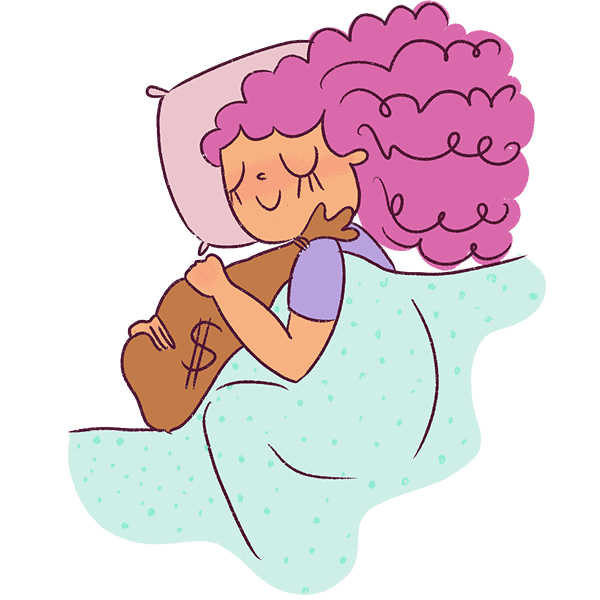
So, based on my experience of actually starting and growing 3 blogs simultaneously, I am going to teach you everything you need to know about how to start a blog in India and then grow it!
Now, in this post, I’m going to discuss:
- What exactly is a Blog?
- How much does it cost to start a blog in India? (The answer will surprise you)
- How much does a Blogger in India make?
- Should you even start a blog in India?
- Step by step instructions to help you start a blog in India
- The best ways to monetize it
- What you need to be a successful blogger in India
This post is well over 11K words because it entails my experience with my blogs, so pick a section to read if you’re short on time.
However, I advise that you read the whole thing because you will find it immensely useful.
You can also bookmark this article so that you can keep coming back to it.
In the meantime, please pick up my free 12-page blog planner to help you become more organized with your blog.
This post includes affiliate links to products I truly (from the bottom of my heart) recommend, meaning at no extra cost to you, I may earn a small percentage which I will use to buy my poor dogs food.
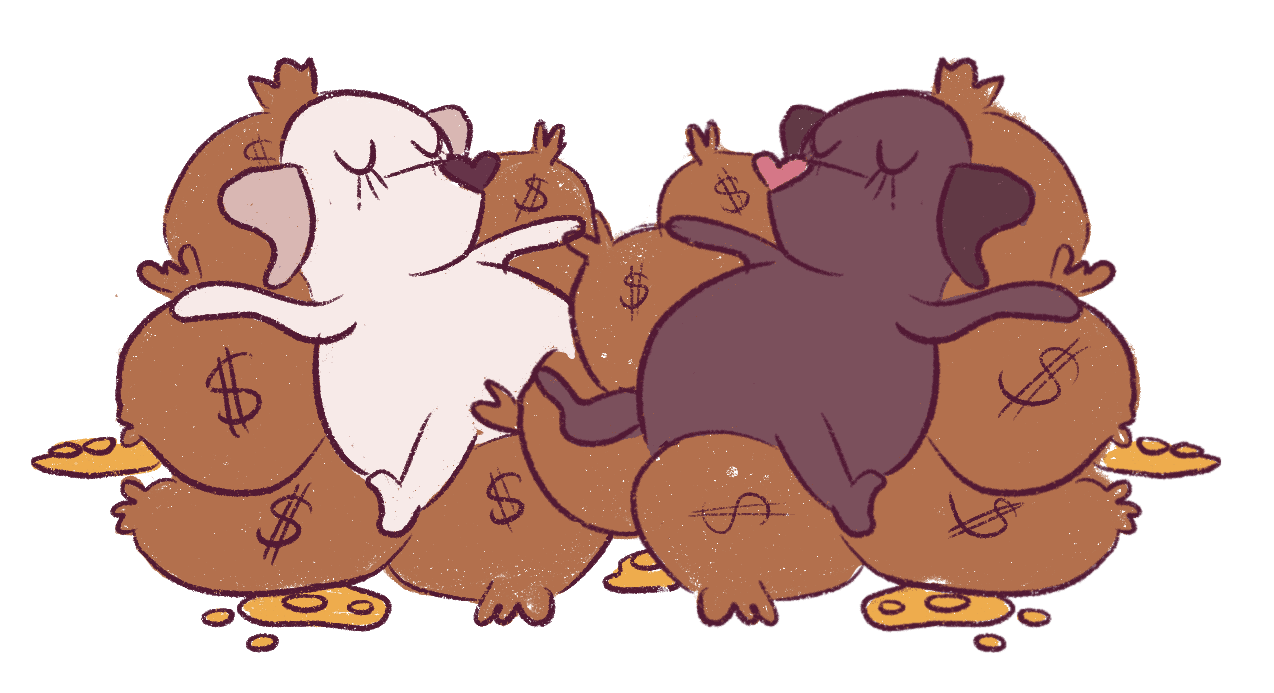
Let’s begin, yo.
Table of Contents
What is a Blog?
A Blog is a Website that is regularly updated with content displayed in reverse chronological order that either educates or entertains the reader.
 I didn’t mean to scare you. Can we start over?
I didn’t mean to scare you. Can we start over?
Blogs are no longer journals or online diaries.
These kinds of blogs do not grow because Google has stopped favoring such blogs.
Even if you are building a personal blog, your blog should cater to your audience. You can talk about your personal stories, but they shouldn’t be the main course.
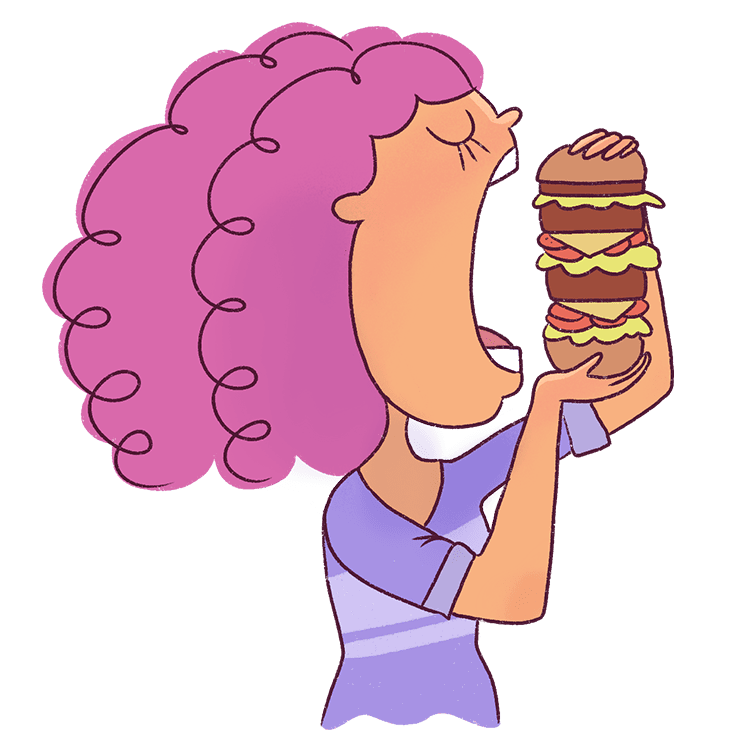
If you are looking to start a lifestyle blog ( a mish-mash of different topics), please read my other guide on starting a lifestyle blog here.
Please note that starting lifestyle blogs is a pretty bad idea in India because they take longer to grow. Google likes websites that are very niche-focused.
This means that if the blog is about airplanes, it shouldn’t be talking about food or babies.
It has to be uni-directional.
This helps you build up your E-A-T:
- Expertise
- Authority
- Trustworthiness
I will explain more about this later.
How much does it cost to start a blog in India?
It will cost only Rs.179/month.
You only need to pay for hosting and it will cost Rs 179/month if you follow my tutorial. The domain will come free with the hosting for the first year.
After the first year, you will have to pay Rs.700/year for the domain. This is not a huge expense.
I do not suggest starting a free blog. It will not make you money.
So, if you are going for a self-hosted blog – you just need to keep around Rs 200/month aside.
You will also have an initial expense of buying a WordPress Theme. But these you can get for very cheap and it’s only a 1-time purchase.
It will last you for a long time.
My WordPress Theme for this blog is $60 and I’ve been using it for 4 years.
The WordPress Theme I have for my second blog is only $35 and I have been using it since 2020.
If your budget is tight, you can also skip buying a paid theme and use a free theme (for a year or two) till you have the allowance to buy a paid theme.
How much does a blogger earn in India?
A blogger in India can earn upwards of $5-10K/month if they’ve been blogging between 4-5 years.
An average blogger can earn anywhere between $500-$1K/month after blogging for at least 1-2 years.
The numbers are so vague because monetizing your blog depends on various factors.
For instance, I was able to make $3K/month within the first six months of blogging because I was offering my illustrating services on my blog. People/Companies would hire me to create illustrations for them and I was able to make that money from my blog.
I slowly moved to sell eBooks and eCourses (this transition took me 1.5 years) and now most of my income is passive. I make the remaining amount via affiliate marketing.
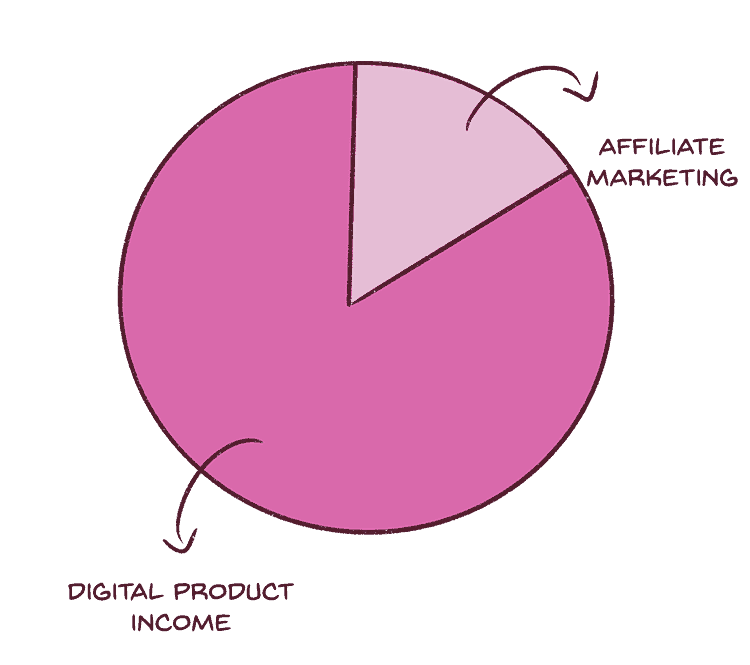
There is no fixed amount to how much a blogger can earn in India.
It doesn’t matter which country you are in, you can blog from anywhere and make money.
For instance, Salma, who is a website designer in South India (www.salmasheriff.com) earns over $7K a month just by offering her website design services on her blog.
The sky is the limit when it comes to earning from your blog, seriously.

Should you start a blog in India? (Here’s what you should know!)
There are multiple reasons why you should start a blog in India.
However, I strongly suggest you should only start a blog if you are okay with the following conditions.
1. You are ready to write about 1 topic for a long time
Like I said earlier, the fastest way to grow a blog in 2022 is to blog about 1 topic only.
Meaning you choose one niche and then blog about that particular topic (writing 50-100 posts in a year) before you move on to a related topic.
This means you will have to publish at least 100,000 words in 365 days about 1 (only) topic.
Let’s say you start a pet blog.
You will need to write 50-100 posts on dogs before you move to cats.
Yes, it gets boring.
But I am telling you that this is the fastest way to grow your blog.

So, if you really want to make money with your blog, please listen to me and follow my advice.
2. You are patient
Please note that till 2018-2019, Google was very lenient with growing blogs.
This means you could start a blog in March and by April or May, you’d be ranking for multiple keywords.
But now, the rules have changed.
Google algorithms have become very different.
They put new blogs in a sandbox for 9 months before they start ranking their posts.
They do this because millions of people are starting blogs every day.
Google wants to differentiate between serious bloggers and pass-time bloggers.
So, if you are serious about blogging – prepare to get zero pageviews for 9-12 months before you start ranking.
After 1 year, you will be able to monetize your blog.
You will earn anywhere between $100 and $500 a month via ads and affiliate marketing.
And then you can use SEO to boost your traffic and earn upwards of $1K a month.
If you follow my advice to the bone, you can do this.
3. You have to wait 1 year to monetize your blog
Unfortunately, because traffic will trickle in only after 9-12 months before climbing steadily, you can’t monetize immediately.
Not with Ads at least.
Google doesn’t allow Indian and Pakistani websites to apply for ads until the 6-month mark has passed.
Whereas, for other countries, it’s only 3 months.
Why?
Because our countries produce a lot of spam and phishing websites.
They do this to protect the internet and give users a good experience.
It’s all well and dandy because Google Ads aren’t a viable monetizing platform anyway.
They slow down your website and pay very little – peanuts.
Meaning, that you will get significantly less money for working really hard.
It’s not worth it.
I will give you better alternatives later on in this post.
4. You are consistent and disciplined
Writing 100,000 words a year is no big deal for me. I do it for 2 of my blogs.
On average, I am writing over 250K words/year for all 3 blogs. This does not include my email newsletters and social media content, mind you.
So, in order to become a blogger in India in 2022, you have to be prepared to write.
A lot.
A damn lot.
And you will need to be very consistent.
This means you will have to write 2-3 blog posts a week.
And each blog post should have a minimum of 2K words or more.
I keep track of my blog posts and the word count in a spreadsheet document.
Those are the 4 conditions.
If you can fulfill all 4 of these, then you have what it takes to start a blog and make money.
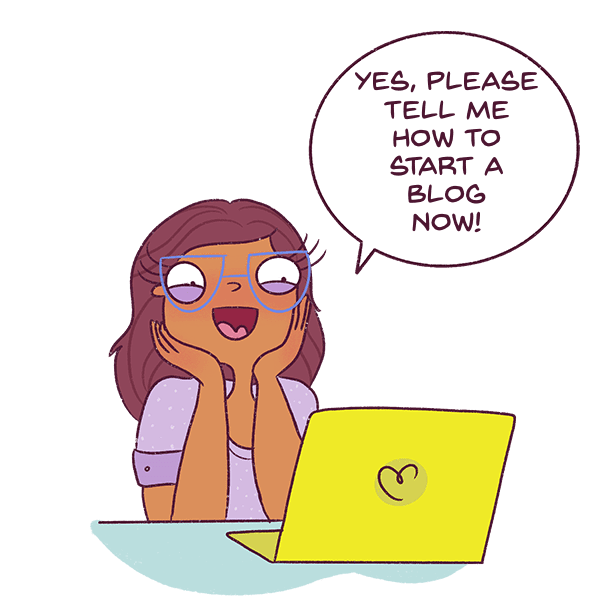
Now that you understand if blogging is for you, let’s learn how to start a blog in India.
1. What is a blog niche, and how to choose one
Remember how I talked about how important it is to focus on one niche to grow quickly?
This is what we will be doing in this phase.
Choose a niche.
First of all…
What is a blog niche?
A blog niche means that every blog post you write in your blog will specifically cater to one type of audience or niche.
Meaning you will be blogging about one specific topic.
For instance, if you start a mom blog, you will only blog about babies or motherhood. Your target audience will be Moms.
- Moms of teenagers
- Moms of babies
- Single Moms
My Art Blog caters to only 1 target audience – People who want to draw.
But is having a blog niche really necessary?
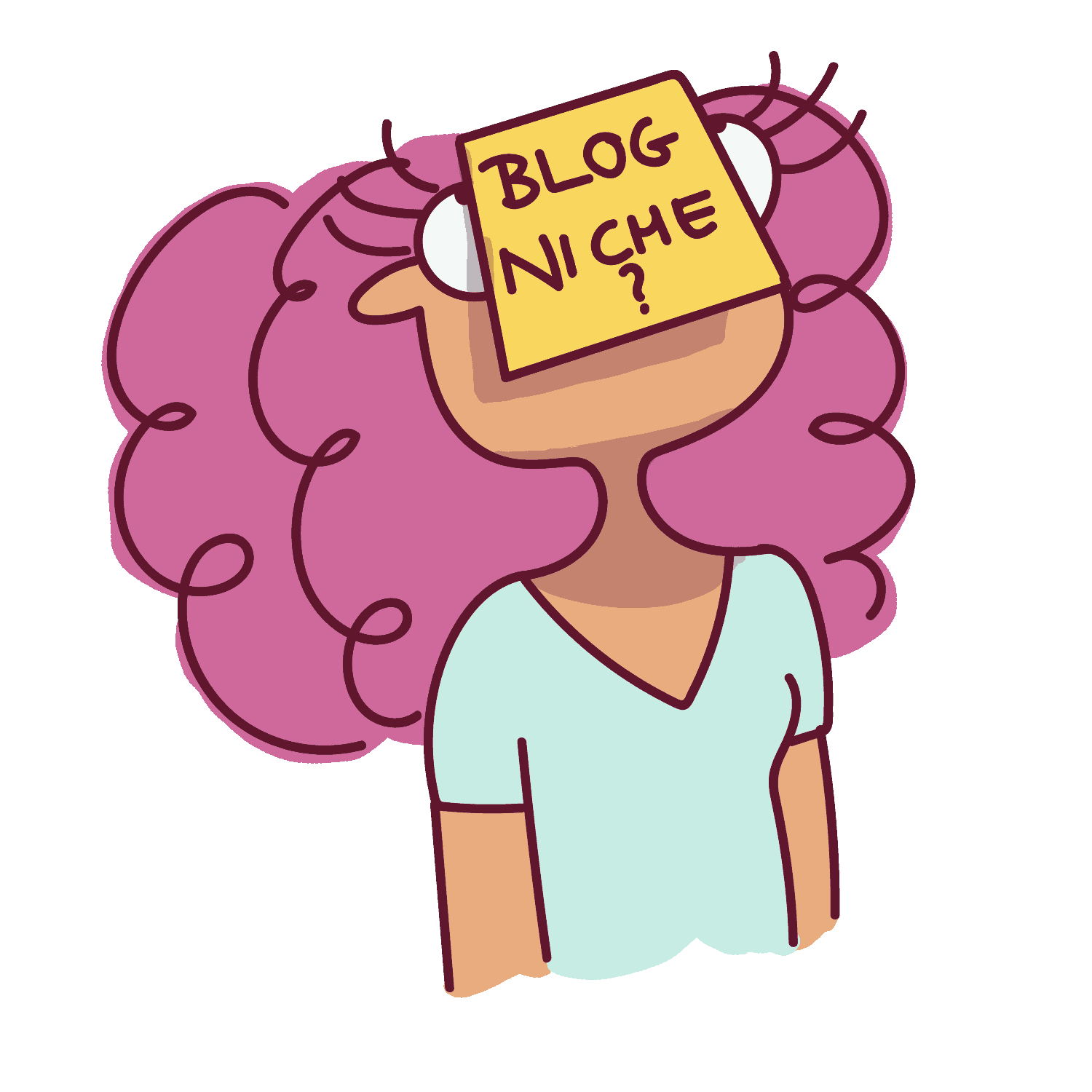
I’m a die-hard fan of post-it notes.
Yes, mainly for two reasons.
1. Google favors niched blogs
According to Google, by constantly talking about one topic, you become an expert in it.
Say you find a blog that has posts on
- 12 reasons you feel sick after drinking cow’s milk
- Best alternatives for cow’s milk
- How to make vegan cheese
and so on…
By reading a number of these posts, you will automatically believe that the Blogger is an expert in veganism and alternative dairy products.
Veganism is the main niche, and alternative dairy products are the sub-niche.
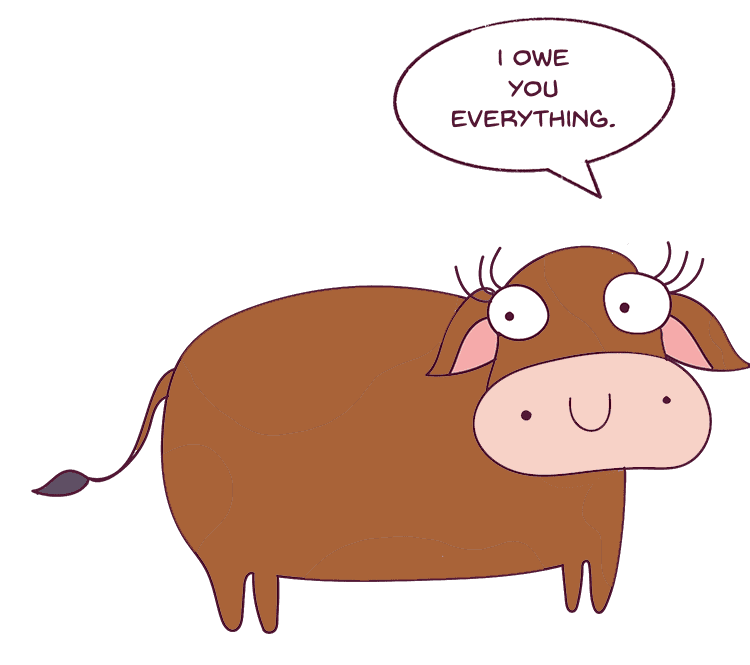
Do you see how narrow I am going right now?
These posts will also start ranking higher on Google.
Why?
Because Search Engines like Google like to show posts written by Experts, they believe these posts will enhance their user experience because the Blogger in question knows what they are talking about!
And having 50+ posts that are focused on one topic is the best way to do that.
After ranking for dairy alternatives in Google (1 year later), I will slowly expand by adding vegan recipes to my blog.
This is how you will build a blog in a niche.
Consider this:
Let’s say you are looking for a vegan burger recipe.
Which blog will Google favor more?
- A blog that blogs about recipes, trees, art, and mommy lifestyle?
- Or a blog that only focuses on vegan recipes?
Think about it.
Yes.
Google will favor the vegan recipe blog more because its expertise rating is higher.
Google’s main ranking factors are:
- Expertise
- Authority
- Trustworthiness
The more you continue to blog on 1 specific topic, the more your expertise and authority increase via Google’s eyes.
Please note that it can get boring blogging about 1 topic so much, but it is the best way to stand out and build a strong reputation with Google.
2. Having a blog niche will help you make money faster
Imagine you have a DIY blog that teaches people to make origami.

Can you believe that this started out like a swan?
It becomes easier for you to sell origami tutorials to your readers because they are interested!
However, if your blog is about Travel and Origami, selling origami tutorials to all your readers will be slightly tricky.
Sure, there may be some readers interested in both Travel and Origami, but what are the chances that you will be able to make the same amount of sales?
Not that much, right?
My point is, it’s very easy to create products or even choose products to become an affiliate for if your entire audience is interested in 1 thing.
So, now that you understand how important a blog niche is let’s move on to choosing a profitable blog niche.
Okay, there is a little bit of thinking involved here and let me break it down for you.
Here’s what you should focus on when you’re choosing a blog niche:
The parameters involved in choosing a blog niche
1. Pick a sub-niche
Every single blog post I read on the front page of Google with “How to start a blog in India” says blog about your passion.
No.
No.
Never!
That is not how you go about it.
Let’s say that you are passionate about making little socks for dogs.
It is not going to work because you are choosing a micro-niche of a sub-niche of a niche.
Pets>Pet Clothes>Dog Socks

Sorry, Maria
No.
This won’t work.
Because the demand is too less.
When the demand is too less, it doesn’t matter if you’re ranking in the front of Google’s Search Page for many results; you won’t get traffic because nobody is searching for those terms.
Here’s how you go about choosing a niche:
- Choose a successful and profitable niche (like health, finance, technology, etc)
- Make sure you know something about the niche (it doesn’t matter if you’re not an expert, you can always study more about it later)
- And pick a sub-niche inside of that niche
When I say sub-niche, this is what I mean:
- Pets is a niche. Taking care of labrador retrievers is a sub-niche.
- Fashion is a niche. Fashion for female college students is a sub-niche.
- Relationships is a niche. Dating for women in their 30s to 50s is a sub-niche.
Do you get my drift?
Choose a sub-niche.
Trust me, it is the fastest way to grow.
My general suggestion to you (if you want guaranteed success) is to start a blog that caters to people aged over 18 years.
This way, you’re playing it safe.
Because if you target kids or school-going kids, you won’t have much flexibility monetizing.
Kids and teenagers rarely buy products – meaning you can’t make money with products, services or even affiliate marketing. You will be limited to ad revenue.
2. You need to be mildly interested in the subject
Unless you hire writers, you need to be somewhat mildly interested in the subject.
Please note that it is going to get boring.
There is no workaround for this. If you’re writing 100,000 words about 1 topic, you are going to get tired of it.
But remember, it will pay off.
It will help if you are mildly interested in this topic.
For instance, I love drawing.
So, I can talk about graphic designing and website designing since it falls into those areas and there’s a bit of creativity involved there as well.
It will involve a lot of studying, but it will work.
I love to draw.
It can get mildly annoying talking about drawing 24/7 but that’s the only way I’ll build authority with my niche website.
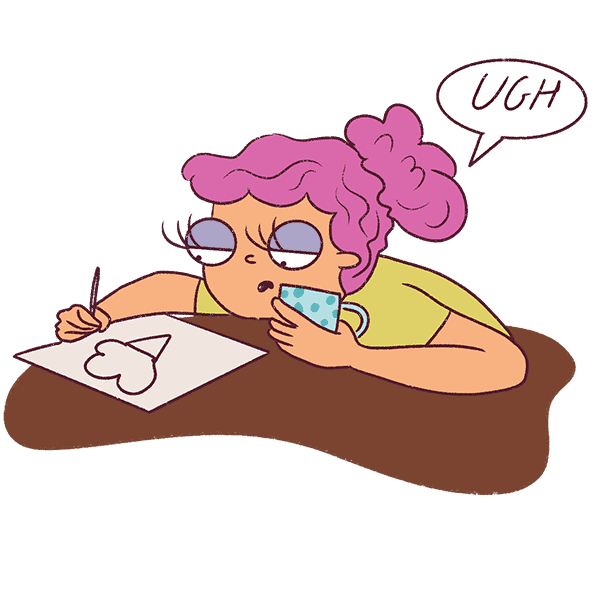
Please note:
If you are choosing to talk about health or finance, you will have to prove to Google that you are trustworthy.
Meaning you will have to write about your co-relating degrees on your About Page, otherwise, Google will not take your website seriously and may even ban you from Google Ads.
A lot of Ad companies require you to have an approved Google Ad Account in order to display their ads including Ezoic, Media Vine, and Ad Thrive.
So, be careful when choosing anything related to Health and Finance.
This is another reason why I had to pursue an online degree in Psychology and Human Relationships in order to write about Relationships on my personal care blog.
3. Identify if the niche has money-making potential
Here are a few tips to check whether a niche has money-making potential:
- Check out other competitors in the niche first. Look for other people who are blogging in the same niche by entering keywords in Google Search. If these competitors are successful and have a lot of blog posts and are making money, it’s a good sign. Make sure you find at least 10.
- Go to Amazon and check how many books are written around the topic. See if there is a demand for this niche.
- Look up Affiliate companies and see if there are products and services that you can promote for this niche. Affiliate marketing is essential if you want to monetize your blog that way.
I have written a long list of the types of blogs that make money in 2022 here. Check it out for inspiration.
If you’re still having trouble deciding on a niche, pick up my blogging niche workbook here. 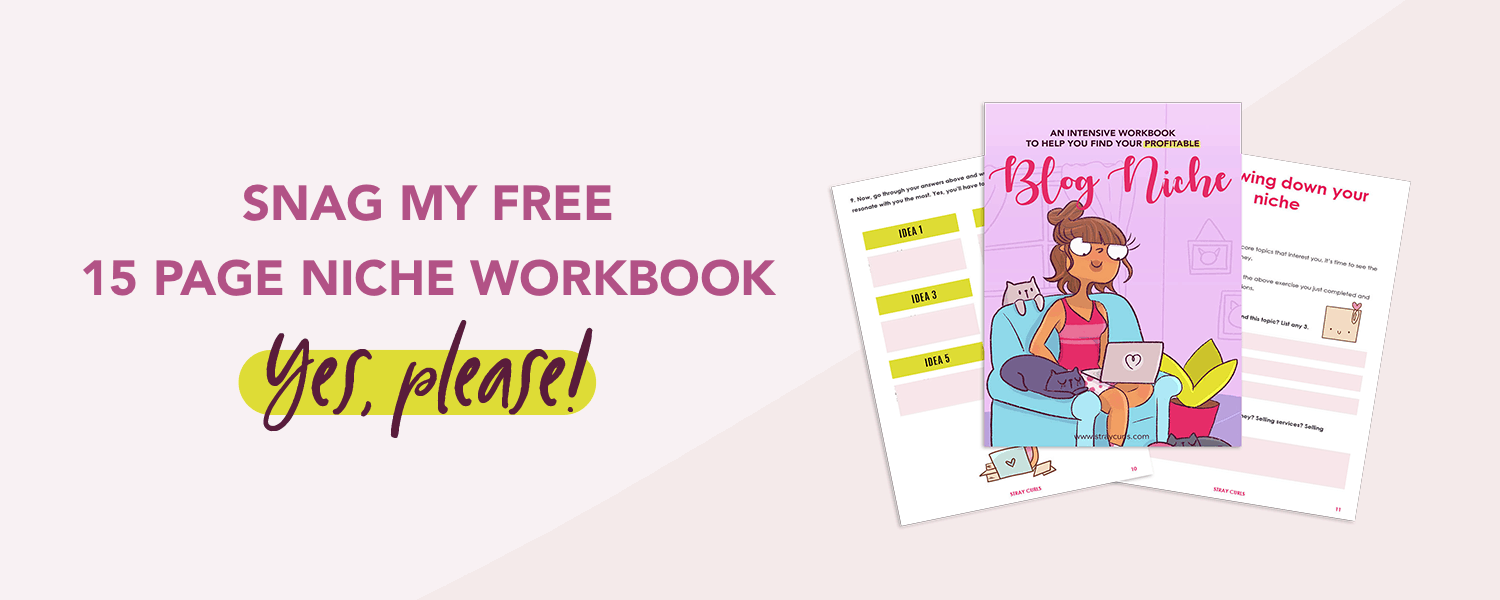
If you want to blog about multiple topics, please note it will take longer to build authority and rank.
However, if you are ready to wait for longer and are hell-bent on creating a lifestyle blog, then read this post to understand how to build a lifestyle blog. Yes, the process is completely different.
2. Branding your Blog
What is a domain, and how to choose one?
A domain name is your website URL.
E.g.: (www.twitter.com or www.yahoo.com or www.straycurls.com)
Don’t overthink this.
When you’re starting a blog, you’re going to want everything to be perfect.
I know…
But know that there is no such thing as a perfect blog – you cannot get everything right. And the more you waste time researching and trying to make things perfect – the more you’re going to delay starting your blog.
Your domain name and your logo are not that important.
Your content is incredibly important.
Wasting time in branding will invariably slow you down and shift your focus away from the most important thing – writing and publishing content.
So, try to not spend more than a week on this.
When picking a name for your lifestyle blog, remember to keep the following points in mind:
- Do not keep your domain name too long. It has to be within 15 characters preferably.
- Make sure it’s easy to spell. Write it down and see if it sounds right. www.therapist.com can be read in 2 different ways. You don’t want that happening when you’re naming your blog.
- Choose a .com because it’s easy to remember.
- If you cannot find your domain name or it’s owned by someone else, let it go and buy another one. It’s not worth the hassle of pursuing this.
- If you’re finding it hard to come up with a domain name, you can create something that describes the niche you’re in. For instance, take Saranya, who chose to go with One Fine Wallet because her blog is all about finance and savings.
- For inspiration, look up your competitors. See what they’re doing.
- When all else fails, go with your own name. See how Lisa Glanz is rocking her blog.
- Think of what you want to be remembered for, and use words that resonate with that!
For the love of everything holy in the world, do not overthink your domain name.
Google has stated that your domain name will not influence your SEO in any way.
Google’s John Mueller declared in 2020:
“Just because a website has a keyword in its domain name doesn’t mean that it’s more relevant than others for that keyword. In short, you don’t need to put keywords in the domain name.”
This means if you’re starting a blog in the home organization niche, you don’t need to put keywords like “home” or “organization” in your domain URL. It sounds nice, but there is no added SEO benefit. So, don’t overthink your URL.
How to design a logo for cheap?
Now, regarding the logo – keep it simple.
Most blogs have text-based logos. Let me show you my old logo.

This fancy logo used to be my logo for many years.
But I realized how much space it took on the desktop and laptop. It also distracted my audience from the content because it’s so big and colorful.
I’ve modified it to this now:

I stripped it of its illustration and just stuck to the text. It looks plain and simple and doesn’t take up too much space.
I went with the same approach for Mind Space Cafe.

See? Clean and simple!
Remember, you don’t need an extremely fancy logo created by a Logo Designer if you’re starting a blog. Keep your expenses low and minimal, and go for something sleek and simple.
I would highly suggest just buying a simple and minimalistic premade logo bundle like this:
This will save you so much time, and it looks really professional too!
It can get overwhelming in the beginning when you’re branding and thinking of a logo concept but take it from someone who’s a graphic designer, illustrator, and blogger – the more straightforward you go, the more you stand out.
You can even use Canva to design your logo.
If you’re planning on getting into this full-time, get Canva Pro. You’ll get access to multiple photos and design elements, and it’s worth it.
Less is more, indeed.
Let’s move on to where you need to spend your money.
3. Buying the hosting for your blog
Your hosting is basically where your website will live – imagine a house where your little blog is going to stay.

The bigger your website/blog gets, the more housing space you require.
Now, since you’ve already named your blog, let’s understand how we can buy hosting.
Whatever you do, don’t go for free hosting.
Neverrrrrrrrrrrrrr.
I understand that you may be on a budget, but free hosting will seriously impact your blog earnings.
If you are blogging as a hobby and have no intention of making money with your blog, free hosting is alright. Otherwise, stick to paid hosting.
Trust me, it is worth it and it doesn’t cost that much. It’s only Rs. 179.
Now, if you are still skeptical, here are a few more reasons why you should not start a blog for free:
- Affiliate Marketing becomes impossible. It’s difficult to apply to Affiliate Programs when you have a blog on free hosting. No Brand or Company would want to be associated with a free blog. It tarnishes their image. They will decline your request almost immediately.
- You cannot place ads freely. Getting accepted into Ad programs is the same. And now, you will need to be accepted by Google Ads before you get accepted by most Ad networks.
- You can lose everything without any notice. Tomorrow, the free blogging platform you’ve chosen can close down or they can suspend your website, and your website will be wiped clean. Or they can change the rules, and you’ll have to start from scratch. It’s extremely risky!
- Ranking on Search Engines is close to impossible. You can say goodbye to your search rankings because Google almost never ranks free websites in their Search Results. Remember, they want to provide only the best user experience to their readers.
- Your domain will look outright hideous. This will automatically drive people away.
The Best Host for New Bloggers is Bluehost India
*whips out her pokéball*

Man, I can really rock a low ponytail…
I choose you, Bluehost!
Go with Bluehost India because it’s quick, efficient, cost-effective, and reliable.
It’s the perfect solution for new bloggers who want to host their blogs and not spend a fortune on them.
Not only do they have 24/7 customer support, but they also give you a money-back guarantee if you’re not happy.
Apart from this, WordPress gets installed automatically!
You’ll also get free SSL – which every blog needs now to prove to Google that you’re a secure website. You’ll get the “https://” instead of the regular “http://,” which will also help you rank better.
And the best benefit of all: You will get a free domain!
Why buy a domain when Bluehost allows you to pick one for free?
(Click here to see Bluehost India)
>>CLICK HERE TO SEE BLUEHOST INDIA<<
Now, since this is a step-by-step tutorial, click here to visit Bluehost, and I’ll guide you through the whole process of starting a blog.
Baby steps.
Go ahead, and click the View Plans button. I’ll wait over here.
Okay… is it done?
Choose a package
Remember to select your Server location first.
If you feel your audience is going to be mostly Indians, go with an Indian server.
This means your website will load quickly to Indians.
If you feel most of your audience will be in the United States (especially if you’re going to blog in English), then go with a US server.
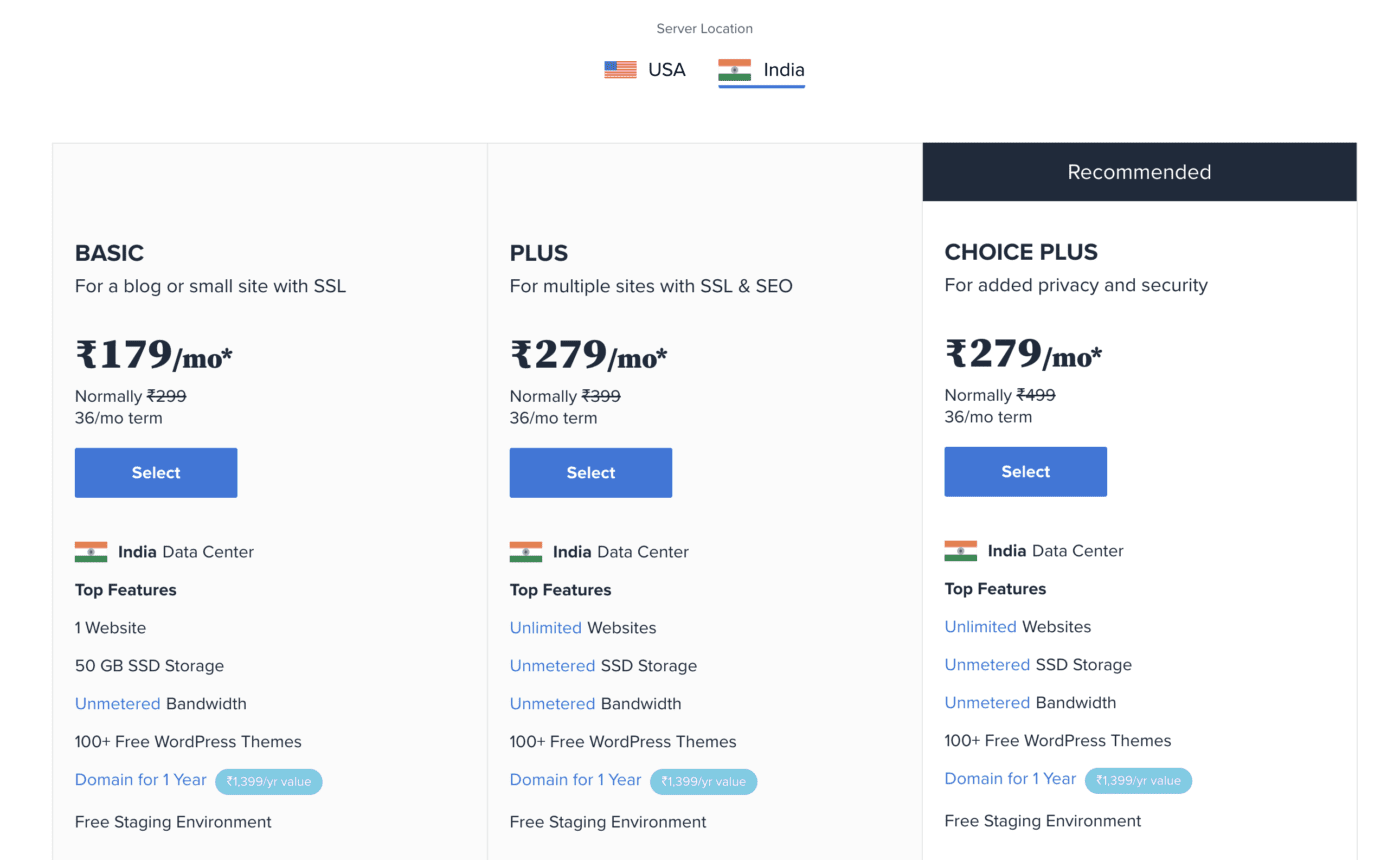
You can always change your server location later, so don’t think too hard. I would suggest choosing the “Choice Plus” feature because you have just 1 website. But if you are financially squeezed at the moment, then go for Basic.
Type in your domain name
Now you’re going to have to pick a domain name if you already haven’t done it before.
The good news is, that if you’ve already purchased a domain, you can click the second option. If not, think of a suitable domain name (if you haven’t already) and select the first.
If, however, you can’t think of a domain name, that’s not an issue at all! Just click on “I’ll create my domain later.”
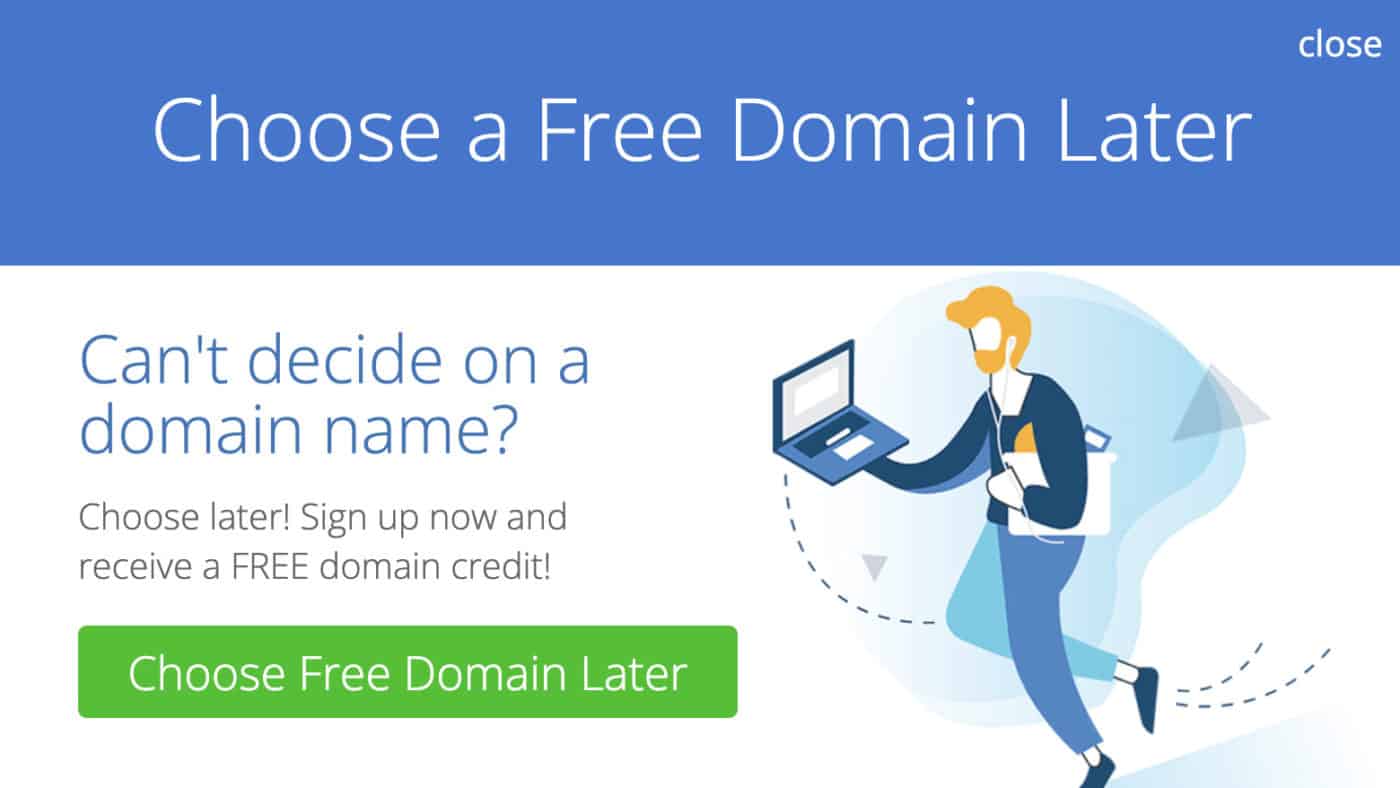
Did you know that I had no name for eight days after being born?
Yep. My parents couldn’t decide on what to name their firstborn child.
To think that they had nine months to come up with one…
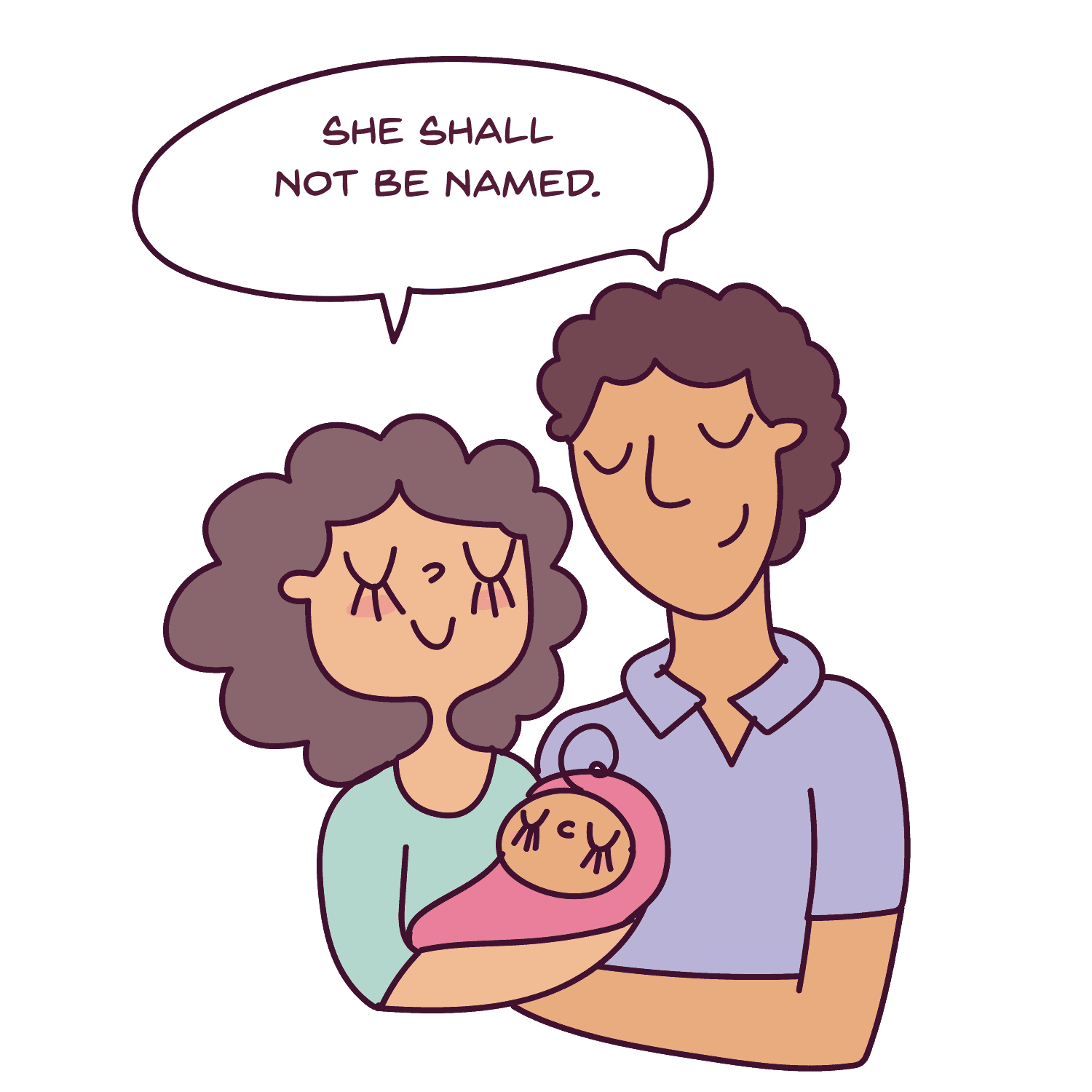
After this, you will be asked to enter your payment and address details.
Enter your Account Information
Below, you will have to choose and customize your package details.
The best option, in my opinion, is either 36 months or 60 months because although this is a lot of money to pay upfront, it’s a massive saving in the future.
For 60 months, you’d only have to pay Rs. 149 for hosting monthly.
Please don’t add the Extras. You don’t need them.
Enter Your Payment Details
After entering your details, you will be taken to the payment page.
Below, you will have to enter your payment details.
After you’re done, click the little box to agree to all the terms and conditions (that no one reads anyway) and click on submit.
Phew!
On the next page, you’re going to find some add-ons. You don’t need these for your blog, so just click on “complete.”
All done!
Congratulations! You’ve just purchased your domain and hosting.
And you’ve finished the first step of building your website.
Now, set a good, strong password until the bar shows green, and you will get this screen.
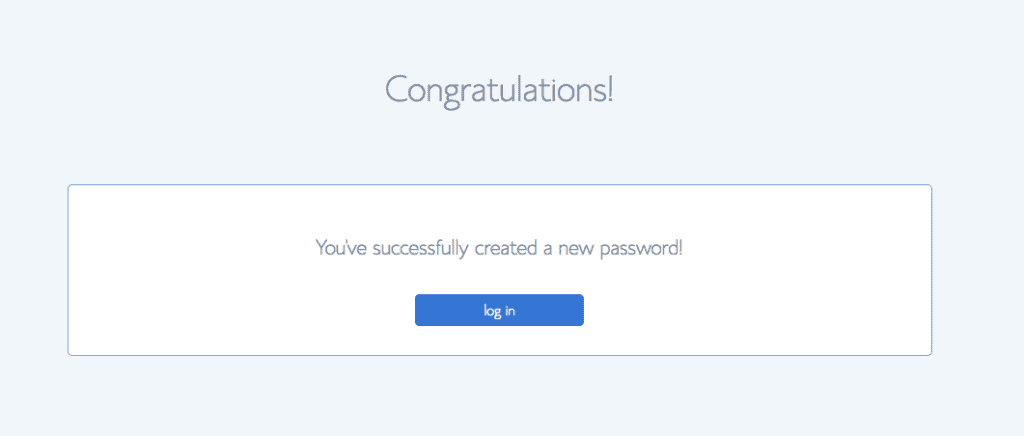
Bluehost will have already installed WordPress for you.
So, all that’s left is to pick a default theme. Just pick one. We will choose a better theme later.
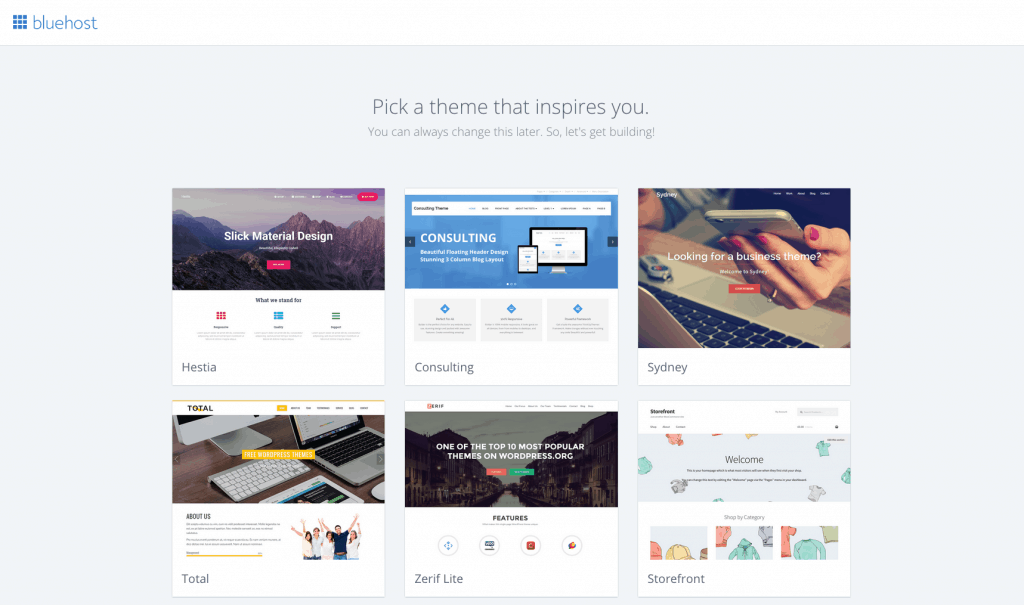
Once you’re in, you will be able to see your Website’s Dashboard! This is where all the magic happens!
>>CLICK HERE TO SEE BLUEHOST INDIA<<
The Best Hosting for Intermediate Bloggers
Now, if you’ve already been blogging for 2-3 years, I highly suggest that you move over to Dreamhost.
It is not expensive at all.
- They have minimal downtime. If you’re getting over 30K pageviews, you will need to upgrade your speed and host.
- They are specially built for WordPress. They load WordPress websites fast.
- Free SSL. Their customer support is excellent. Whenever I have an issue, I just initiate a chat with an available agent, and they help me within minutes.
Overall, once your website becomes more popular and you start creating more pages, I suggest you shift from Bluehost to Dreamhost because the user experience becomes better and faster!
The expense won’t pinch you because you’ll be earning a good income from your blog by then.
Both these Hosting Companies download WordPress automatically, so you shouldn’t have any hiccups there.
Okay, now you’ve given your blog a name and purchased the domain and hosting for your blog.
At the moment, I am with Dreamhost because I have been blogging for over 4 years.
All that’s left now is to purchase a theme.
4. Purchasing a beautiful theme for your new blog in India
I would suggest buying a WordPress theme.
You don’t have to buy an expensive one.
Free WordPress themes are okay but they do have some cons:
- Free WordPress themes aren’t updated, and when your WordPress updates next, there is a good chance the WordPress theme will not work.
- It isn’t SEO friendly. It will not allow Google’s spiders to crawl your website easily, meaning you are going to find it difficult to be indexed or ranked.
- Due to poor coding, your website speed will get affected. It will lag a lot after installing plugins, and ranking and monetization will become hard. So, make sure you get a popular free theme if you’re deciding to use a free WordPress theme like GeneratePress.
When you start a website, ranking is not up to you – it’s up to the Search Engines.
However, it is your job to make crawling very easy, and choosing paid hosting and a paid WordPress theme will help you rank easily.
But if your budget is tight, get a free one now and upgrade to a paid theme later, it’s alright.
Cheer Up
Cheer Up is currently the theme for my blog – Mind Space Cafe.
It’s very minimal, clean, and simple to set up.
It’s super pretty and highly flexible.
And its support staff is excellent! It also integrates with a lot of plugins which I love the most.
It’s a one-time fee for the whole theme, and you get a lot of demos for this theme. I’m currently using the Sweet Crunch (Food) demo for my theme.
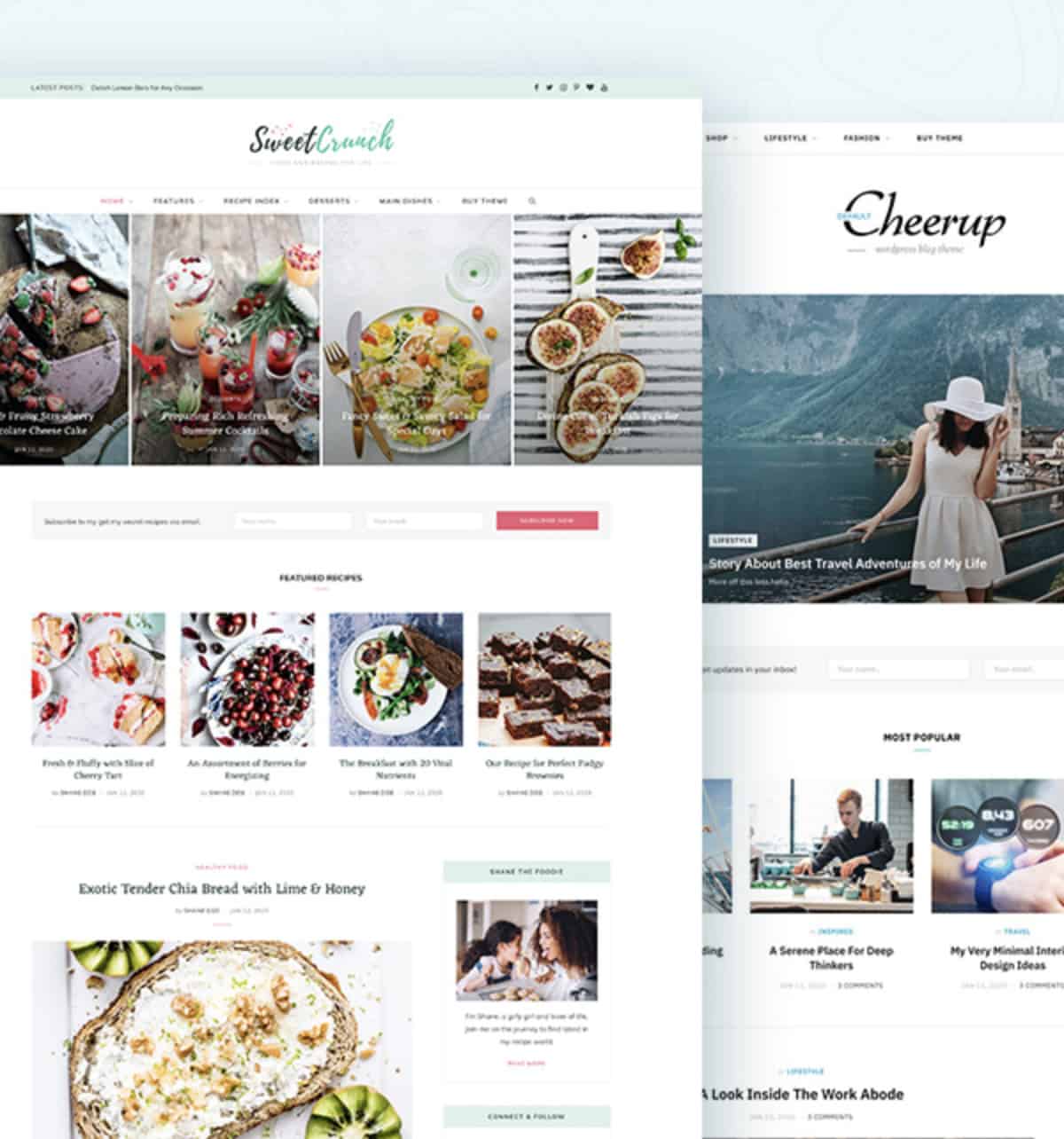
And this is how my website looks at the moment using this theme:
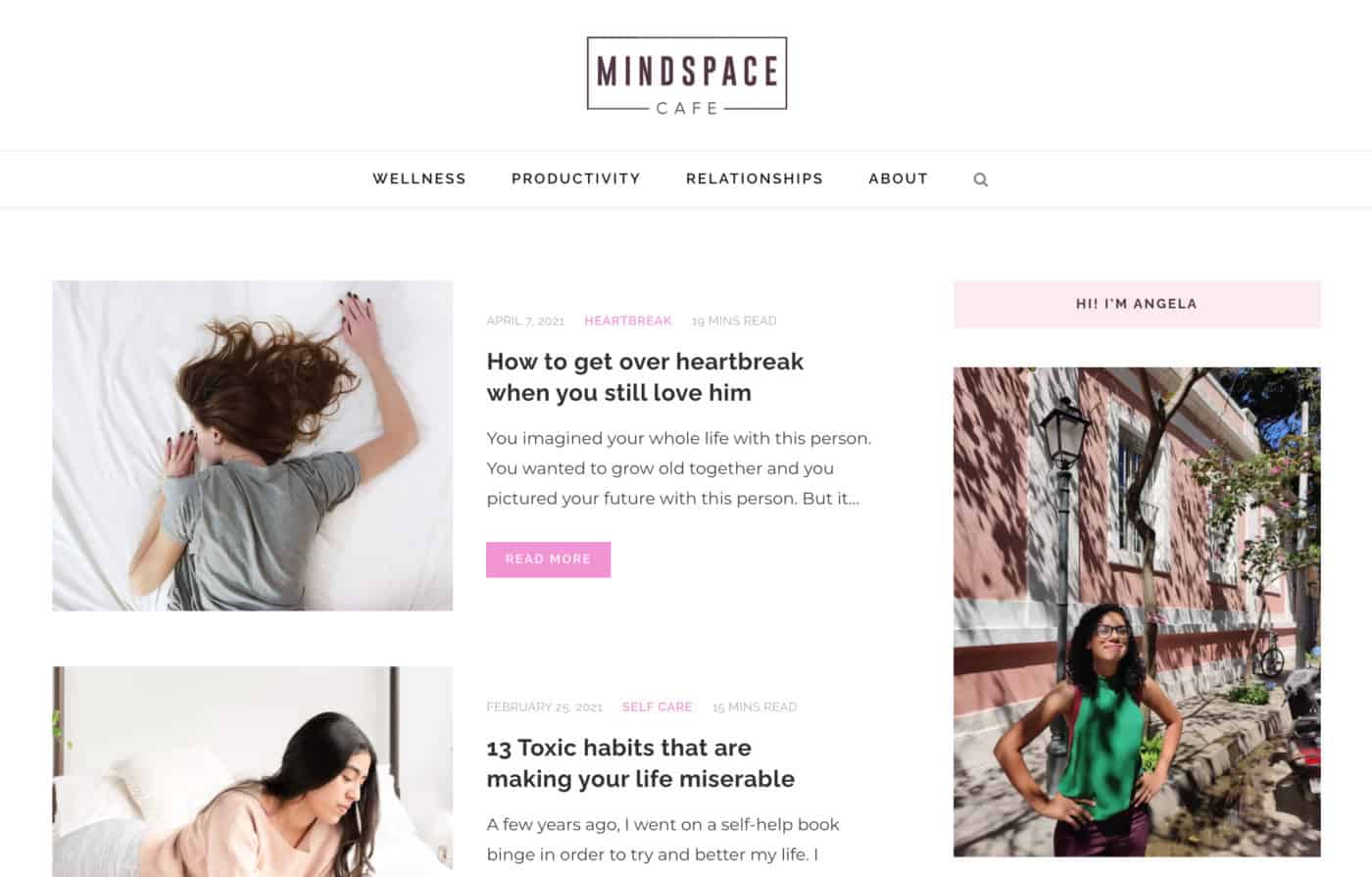
5. Install these plugins first
There are quite a few plugins that you should get, but I will list the few that make a big difference.
- Akismet – You’re going to be getting a lot of spam comments as a blogger. And you’re not going to have the time to weed them all out. Akismet is free for personal blogs. So download this to filter spam comments.
- Simple Author Box – This will add an Author Box with all your social media icons on all your posts, so you don’t look like an anonymous blogger on your blog. It also helps build the Authority factor on Google and helps your posts rank faster.
- Yoast SEO – For Google and other websites to find you better, SEO is a treasure in disguise. This isn’t an end-all SEO plugin, but it does help you get started by editing your post URLs and editing your meta-description.
- Shortpixel – This plugin will smush your images, which will boost your website’s speed because all of your images will be optimized! Speeding up your website will also help boost your SEO. I highly recommend getting the one-time pack for $19. It is worth it.
- Social Snap – This is the best social media sharing plugin I’ve found so far. You do have to pay for it, but it makes sharing easier and has a very clean design.
Over time, you will find many plugins that will suit your needs. But don’t download it unless you find it necessary.
Using tons of plugins can slow down your website drastically. Try not to use more than 20.

Note: So, always make sure that your plugins integrate nicely to give you a proper and fully functioning website. If you have issues with a certain plugin or it’s not updating as it should, delete it immediately and find an alternative. Plugins can cause a lot of damage to your website if they are not updated or the code is buggy.
6. Build the necessary pages for your blog
1. A Home Page
When people land on your website, they need to know in less than 5 seconds what your website is about and who your blog serves.
Make your homepage unique, pretty, and highly relevant.
There are a few things you can display on your home page:
- A little excerpt about yourself and a small button leading to your About Page (this can be on your sidebar)
- Recent blog posts
- A short description of your services/products plus links leading back to them.
- Include relevant keywords in your niche on your Home Page. This will boost your SEO.
If you want to keep things super simple, just let your homepage be your blog page and display all your blog posts on the front page. You can always edit the design of your home page later.
2. About Page
This is the most viewed page by people because when people read your blog posts, they will want to know who wrote this post and how they can perhaps get in touch with you.
When you’re writing your About Page, you can include:
- A little history about yourself: How old you are, where you live, and why you started your blog. When people know what drove you to create your blog, they will identify with your passion and relate to you better.
- Your credentials: If you are writing a health blog about fitness or mental health, please include your credentials. Google bots crawl your About pages to see if you are an expert in this topic. You can even mention your degrees from certain universities to help move this along.
- Whom your blog serves: Write a bit about why you’re writing your blog and whom your blog is for. This is very important.
- A relevant and high-converting opt-in: Include an extremely relevant opt-in that will get people to your email list. (you can add this later after a couple of months of starting your blog)
Additionally, you can read this post to learn how to write an extraordinary About Page for your website.
3. Contact/Reach Me Page
If your readers love you and connect with you, they will want to write you little notes or hire you.
They may also want to write for your blog or ask you questions.
Aside from that, Companies and Brands will also want to reach out to you.
Have your Contact Page visible, so these people find it easy to write to you. Additionally, the more open and approachable you look, the faster you build trust.
Note: Make sure that you include a link to your Contact page on your Footer.
Aside from these three pages, you also need to include a Privacy Policy page. This is very important to comply with all the current laws and rules for blogs. You can use buy Amira’s template here.
Now, let’s write blog posts for your blog.
7. Write and publish SEO-optimized blog posts for your blog
The moment your blog is created, you need to spend every waking second creating content.
And the more content you get out, the faster you will find your content ranking for keywords.
Focus on creating about 8-10 blog posts in the first month. This is you telling Google that you are serious about your blog and you want to be ranked.
After 6 months of writing 7-10 posts/month, you can slowly move down to 5.
It is preferable to publish at least 8 blog posts a month, but if you are really short on time and you don’t mind delaying your ranking, then it’s alright. 5 a month should suffice.
These posts must be very high in quality; otherwise, you will not rank or be indexed.
Your posts should be 2K words minimum. You can go up to 6K words or even 9K words if the topic is very difficult to rank for.
Now, here’s how I started:
- Find websites with a domain authority between 1-25. You’ll have to install the Ubersuggest Chrome extension (it is free) and then enter multiple keywords (in your niche) in Google Search. For instance, if I had a drawing blog, I’d write “best pencils for drawing” or “how to draw a horse.”
- Make a note of all the websites with low domain authority in a Spreadsheet. Collect about 30.
- Use a premium Keyword tool (I suggest KeySearch because it’s one of the most cost-effective tools out there), enter each website in the tool, and find out which keyword is the domain ranking on the front page.
- This means that you have a chance to beat their ranking and replace it with yours.
- You can beat them if you write a better post than theirs. Write a blog post on the same topic that is even better and outranks theirs so that you stand a chance to replace their ranking.
This is the most crucial step when starting a blog.
Most people assume they can write about anything they wish.
No. If you don’t pay attention to SEO, you:
- Won’t be able to rank for any keywords
- Won’t get traffic
- Will not be able to monetize your blog quickly
Your entire monetization plan depends on you ranking for keywords via Google. This will help people find you via organic search.
Trust me, you can rely on social media – but so many people have had their social media accounts banned or suspended for no reason. Pinterest recently changed their algorithms, and it now takes 9 months to rank for new accounts.
Another method is to use your paid Keyword Tool (please don’t use free keyword tools – they give you inaccurate results).
I explain my entire process of nailing keywords and writing solid, SEO-optimized posts in this eBook.
If you are in India, PayPal might not work since I am in India too. So please contact me for alternate payment methods.
What kind of posts should you write?
Aim to write pillar posts.
Pillar posts are usually evergreen posts that are very detailed.
Meaning the information never becomes outdated. These are posts that will have people reading them throughout the year. Pillar posts are super detailed and lengthy.
If you write a pillar post, you’re way ahead of 90% of the bloggers in your niche.
Let me explain how.
Imagine there is a post on the ten best foundations for summer.
But you go ahead and write a post on the different types of foundations for different skin tones.
You also give examples of foundations for oily, dry, and combination skin. Additionally, you sort these foundations on price so that the reader can make a well-informed choice.

And to top it all off, you also create a helpful tutorial video using your trusty camera.
Which post do you think Google will be more inclined to rank first?
Yours, of course!
So how do you write a detailed post?
1. Be detailed and solve one problem at a time
Every time you write a blog post, try and tackle one problem at a time.
For instance, this post that you’re currently reading teaches you to start a blog in India.
But I also have a post that teaches people how to start a blog internationally.
It sounds similar, but they’re two completely different posts because the hosting and other programs vary.
Your blog post needs to be extremely detailed and not leave any questions in their mind.
At the end of the blog post, your reader must feel like they’ve learned something new and their lives are just a little bit better. Basically, they should be able to take what you’ve said and put it into action.
2. Every post must have a call-to-action
Every blog post you write must have a specific call-to-action that must be decided before you write the post.
Your call to action can be anything:
- Brand awareness
- Lead generation
- Raising awareness for one of your products/services
- Boosting Traffic
- Making an affiliate commission
- Getting more signups for your upcoming webinar
Based on your call-to-action, you have to create a post accordingly.
If I had a Fitness Blog, I’d write
- 11 Exercises you can do in your hotel room (boosts traffic)
- My Review on the Paw-Ga Yoga Mat (Affiliate Post)
- Case Study: How Anna lost 15 pounds in 2 months after joining The Skinny Gal fitness program (promoting my coaching business)
Once you know what you want to achieve, you can plan your blog content for the next 3-6 months. Or even an entire year. And once you do this, write consistently so that your traffic grows smoothly.
It’s easy-peasy lemon squeezy!
Read these posts to help you:
- Is affiliate marketing worth it? All your questions answered!
- Seven affiliate marketing strategies to boost your sales!
3. Write long posts
Although you might feel like you’re repeating yourself or mincing words, understand that your reader might not be an expert in your field.
When they land on your blog for the first time, they don’t know what to expect.
Your job as a blogger is to make each post super thorough and easy to read.
Remember, what you classify as basic information may be uncharted territory for your readers.
When my friend explains make-up or fashion to me, I have always to ask her to slow down because there are many terms I am not familiar with.
So, be kind, patient, and mince words when you are writing your blog posts.
Please note that English (although spoken widely in India) is not something many Indians are comfortable speaking fluently.
So, use simple words when writing your posts.
You need to break things down for them so that they understand what you’re trying to convey.
And you can do this by illustrating examples, giving them freebies, including infographics, or breaking a problematic passage into easy-to-consume points.
4. Listen to your readers
Your readers and fans are going to write comments or emails to you.
They will ask you questions or your thoughts on a particular subject. All this will happen 9-12 months later.
So, be prepared to hear crickets for a while.
Use these emails and comments to develop even more blog post ideas.
You can also use Facebook Groups to find out the most popular blog topics in your niche.
Note: When you’re just starting out, it’s best to write about popular blog topics. This will garner traffic more quickly and help your blog grow. Once your Blog is gaining consistent traffic, you can slowly start blogging about more unique topics.
5. Find your USP (Unique Selling Position)
I cannot stress this enough.
There are a lot of helpful posts and tutorials that I’ve read online, but sometimes, I feel like a robot writes them.
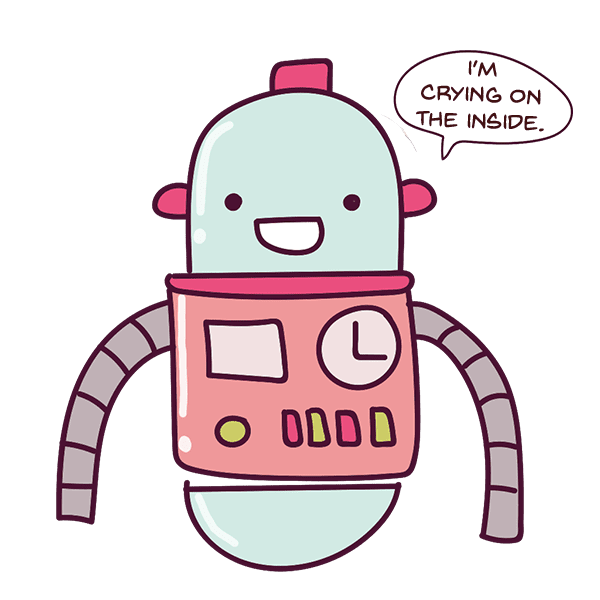
Many Indian blogs have been started by people who just want to make money.
Unfortunately, that shows in their writing.
They either vomit out facts or keep their writing devoid of their personality.
This is not going to keep people on your website for long.
Your readers want to know the real you behind your blog. A lot of people might cover the same topic you have. And if people want to learn about something technical or plain, they can read an encyclopedia. Instead, they’re coming to you.
So, your personality needs to shine through your blog.
What makes your blog unique is the way you tell it – your voice.
Infuse your personality in your writing. Don’t be a plain Jane. Or a simple Dimple.
The way you connect the dots matters.
Everybody’s perspective is different. So, write from your heart.
Additionally, you can use my Business Planner to help you find your voice and start a Business the right way!
If you are in India, PayPal might not work for you. So please contact me for alternate payment methods.
6. Have an enticing title
Using relevant keywords is going to help your Blog Post reach the top.
For example, if you type “Things to write in a blank notebook” in Google, my post comes up as the third search!
It’s had over 30,000 shares and is still responsible for a lot of traffic to my website.
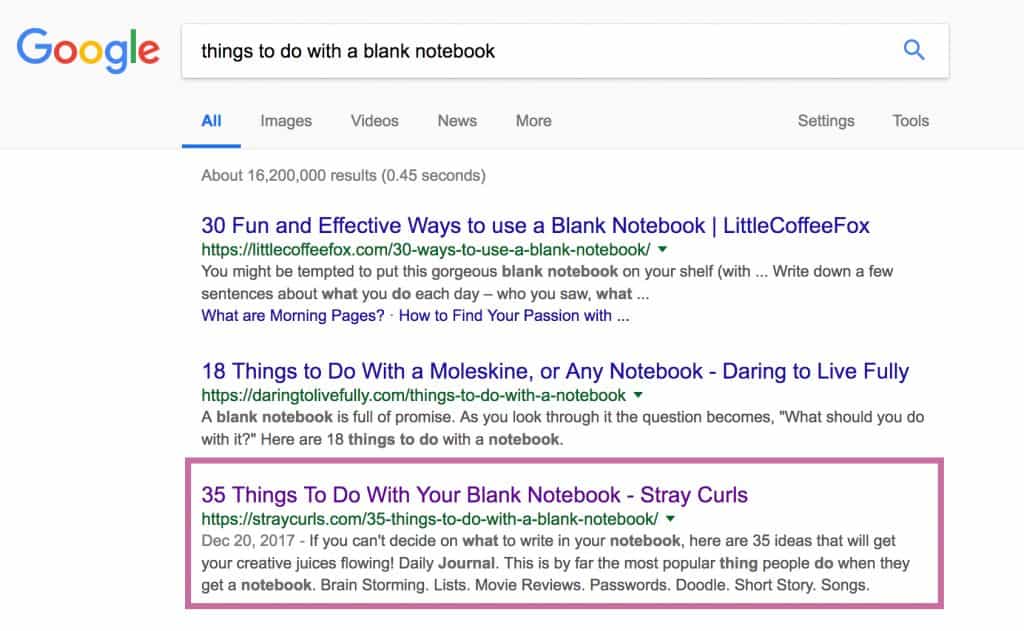
Remember, the headline of your Blog Post is super important. Only if the headline resonates with the reader will click on it to find out more.
So, how do you write a good headline?
- Aim to invoke emotions like fear/curiosity/happiness. E.g., This Common Food is making you put on weight unknowingly!
- Use odd and prime numbers to invoke curiosity. E.g., 7 Reasons Why Your Wife Isn’t Talking to you!
- Add urgency to get readers to click on your title. E.g., How to become confident in your interview in the next 5 minutes!
Writing headlines takes practice. It doesn’t happen in a snap.
But here’s a tip that’s worked for me.
Study your competitors.
Hop on Pinterest and read a few blog posts in your niche. Before clicking on a title, ask yourself why you decided to click on it.
What made you click on it?
This technique has helped me draft better blog post titles.
Note down the titles that make you want to click on them and keep them in a swipe file.
Before publishing every post, write down at least 10-15 headlines. Please put them in CoSchedule’s Headline Tester.
If it gets a high score, use it as your main title.
Use the others for your other pins. I explain my Pinterest strategy in this post.
7. Use paid stock photos
If you really cannot afford paid stock photos, it’s okay. Invest in it later.
However, if you’re keen on making your blog stand out and improving your SEO, paid stock photos help.
This is another signal to Google that you are serious about your blog. It helps you stand out from hobbyists.
A lot of people don’t treat their blog as a business but expect it to make money for them. That’s not how blogging works.
Search Engines give more priority to unique images.
And since the free stock photos are used worldwide by millions of blogs, paid stock photos give you an advantage over these websites. If you are starting your blog in a competitive niche, I highly suggest using paid stock photos.
I have a lifetime subscription to Styled Stock Society and Pixistock.
These were heavy buys, but I will get unlimited stock photos from both of these companies forever, and I use these photos for Mind Space Cafe.
I prefer making 1-time investments for my blog because I feel I save more money that way.
And remember to embed images in your blog posts so that you can break away from large groups of texts.
This will help your reader not get sore eyes.

Additionally, you can also embed videos in your blog posts.
And the quickest way to do that is to film them using your laptop, phone, or an inexpensive vlogging camera.
YOU WILL ALSO LOVE: 13 DEADLY BLOGGING MISTAKES I MADE IN MY FIRST BLOG
Overall, writing viral blog posts is a tad bit long but super easy.
By constantly writing content that clicks with one type of audience, you become an expert, and you will make a lot of sales and commissions because you will have built trust.
If you are keen on learning how to write blog posts that rank for keywords and want the techniques I have used to grow my blogs, please check out my SEO eBook.
It contains all the no-nonsense strategies that I personally use to rank my blog. Please note that PayPal doesn’t work from Indian to Indian accounts. Email me@straycurls.com for alternate payment methods.
8. Grow your Blog Traffic from the ground up
1. Implementing SEO
I’ve already given you a gist on how you have to target low-competition, low-volume keywords in the beginning and write fantastic blog posts.
But apart from that, you have also to write more blog posts around specific topics that you want to be known for. This builds topical authority and is something that will help Google understand how much expertise you have around a specific topic.
Let’s say I want to be known in the drawing tools topic; I’d write posts like this over the next 3 months:
- 5 drawing tools every artist needs
- Which drawing pencils are perfect for shading?
- Everything you need to know about blending stumps
- How to convert your pencil sketch into a digital illustration (step by step)
- The ultimate guide to using charcoal pencils
If you notice, the blog posts are related to drawing but specifically focus on drawing tools.
It’s incredibly narrow, and I will internally link all of these blog posts to each other to help create a nice silo.
Do you get my drift?
Google will watch my blog for a while and place me in a category – understanding that I’m targeting people who like drawing.
Internal linking helps tell Google that all of your posts are related and this enhances your SEO.
If you are in the makeup niche, then I would create the following posts around the topic of lipsticks.
- 5 nude lipsticks for brown skin
- 7 red lipsticks for Indian skin
- How do you choose lipsticks for cool-toned skin
- 10 best non-transfer liquid lipsticks for Indians
- Lipstick or Lipgloss? How do I choose?
This will help me rank faster for keywords related to Lipsticks.
And eventually, I will become an expert on lipsticks.
Once I start ranking for multiple posts on lipsticks, I will move to blushes and eyeshadows.
Creating multiple silos around makeup topics will help establish me as an expert in Make-Up.
This is precisely what I did with my posts in Mind Space Cafe and got it to rank on the front page for multiple keywords:
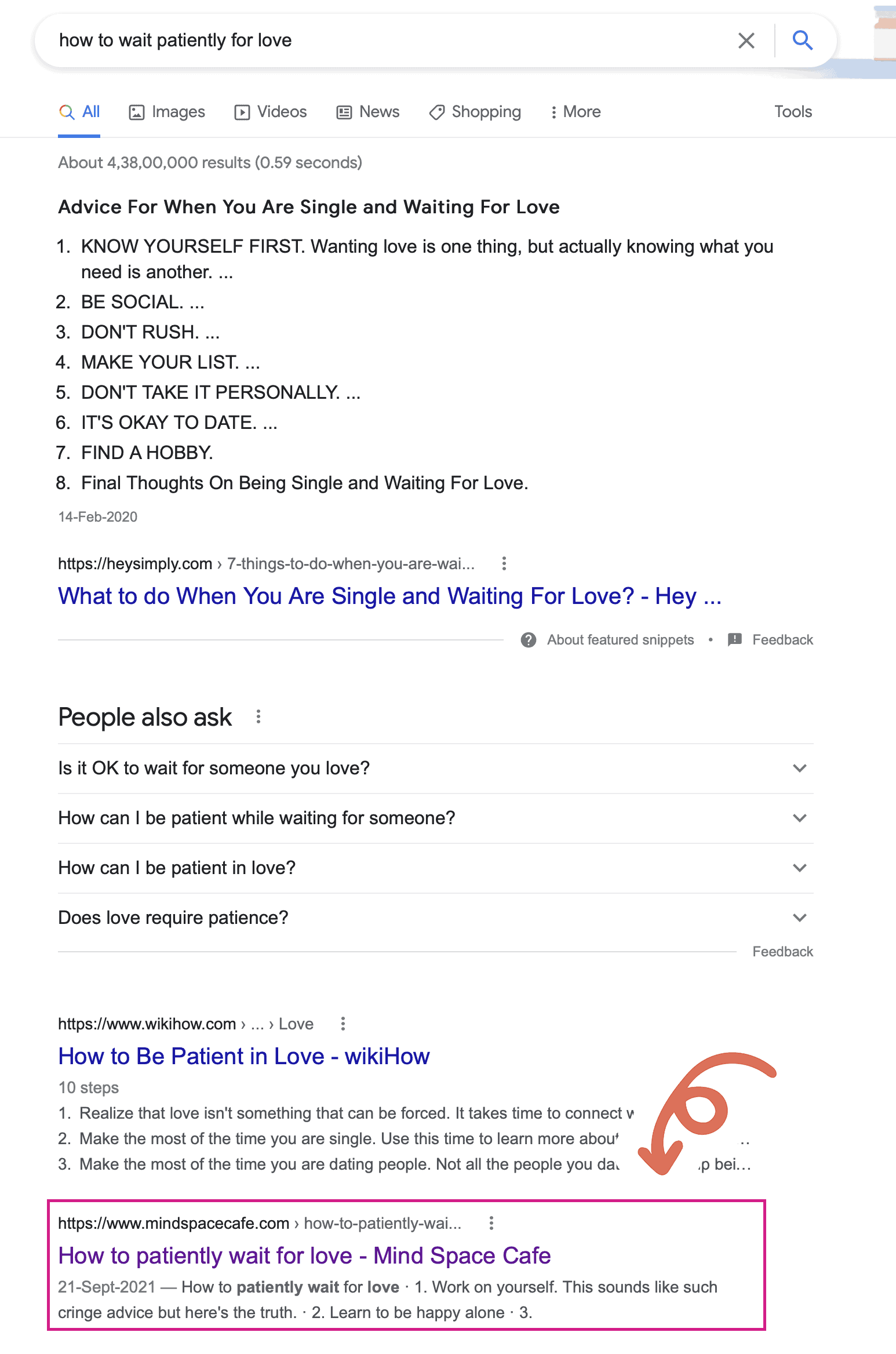
I cover every strategy I’ve used to rank higher in my SEO Blueprint eBook.
Do not ignore SEO because when you’re applying to Ad networks in the future, they will want to know how much of your traffic is organic. So, organic traffic is significant. It doesn’t fluctuate as much as social media traffic.
I know many people who have been denied getting into an Ad Network because most of their traffic came from Social Media.
Speaking of social media…
2. Use Pinterest
SEO takes about 9-12 months to kick in, and it’s best to rely on other sources of traffic to help grow your blog’s traffic.
Pinterest works great for lifestyle blogs and creative blogs because over 80% of Pinterest’s audience is women.
Most niches have a good base on Pinterest.
However, in early 2020, Pinterest went through major algorithm changes, and it’s no longer as easy as before to get traffic from Pinterest.
It takes about 8 months for a pin to take off and bring significant traffic as Pinterest prefers old pins.
I’ve explained my manual pinning strategy here. I only pin for 10 minutes a day.
And I watched Carly’s training to see how she used only Pinterest to grow her blog traffic to a micro-niche.
In this video training, she shows you:
- All her statistics – how she started from zero page views and grew it to 40K
- How many pins she pins a day, and how she pinned to just two boards (personal and not group boards)
You can check it out here – I found it really helpful!
When it comes to Pinterest, I only recommend Carly’s courses and eBooks because no one else teaches better strategies.
I love her strategies, and all her strategies include manual pinning. She doesn’t talk about Tailwind at all.
So, the course is a one-time investment.
But, if you only want to use Pinterest and no other social media (this is what I have done), then get her complete Pinterest course.
She explains:
- Optimizing your Pinterest profile the right way
- How and where to use keywords (how to find them)
- How to create and design your pins to get long clicks
- Studying analytics and using it to your advantage
- How many pins to pin and where to pin them
- Pinterest SEO- the whole enchilada
I’ve taken many courses on Pinterest, but this is by far the best one ever. As a social media illiterate person, I found this very helpful. You can read my full review of the course in this post.
The key is to be patient and promote your content on all the social media that bring you the most traffic. Pinterest is responsible for almost 25% of my blogging traffic and brings me tons of views.
3. Join Blogging communities
Aside from marketing on social media, keep aside time to join FB groups to be part of a community where you can share your views and get help related to blogging.
It’s nice also to help others because when you offer help and advice to others who were in your shoes 1 year ago, you make friends and establish yourself as an authority on the subject.
Try not to spam FB groups with links to your blog posts unless absolutely necessary.
However, if someone has asked for a resource and you have one, you may post a link to your blog post only if the admin allows it.
Helpful Tip: Instead of sending people to your blog posts, send them to your opt-in landing page. This way, you will get people on your email list.
Furthermore, when you make online friends and have accountability buddies, you can keep tabs on each other and be constantly motivated to work on your blog!
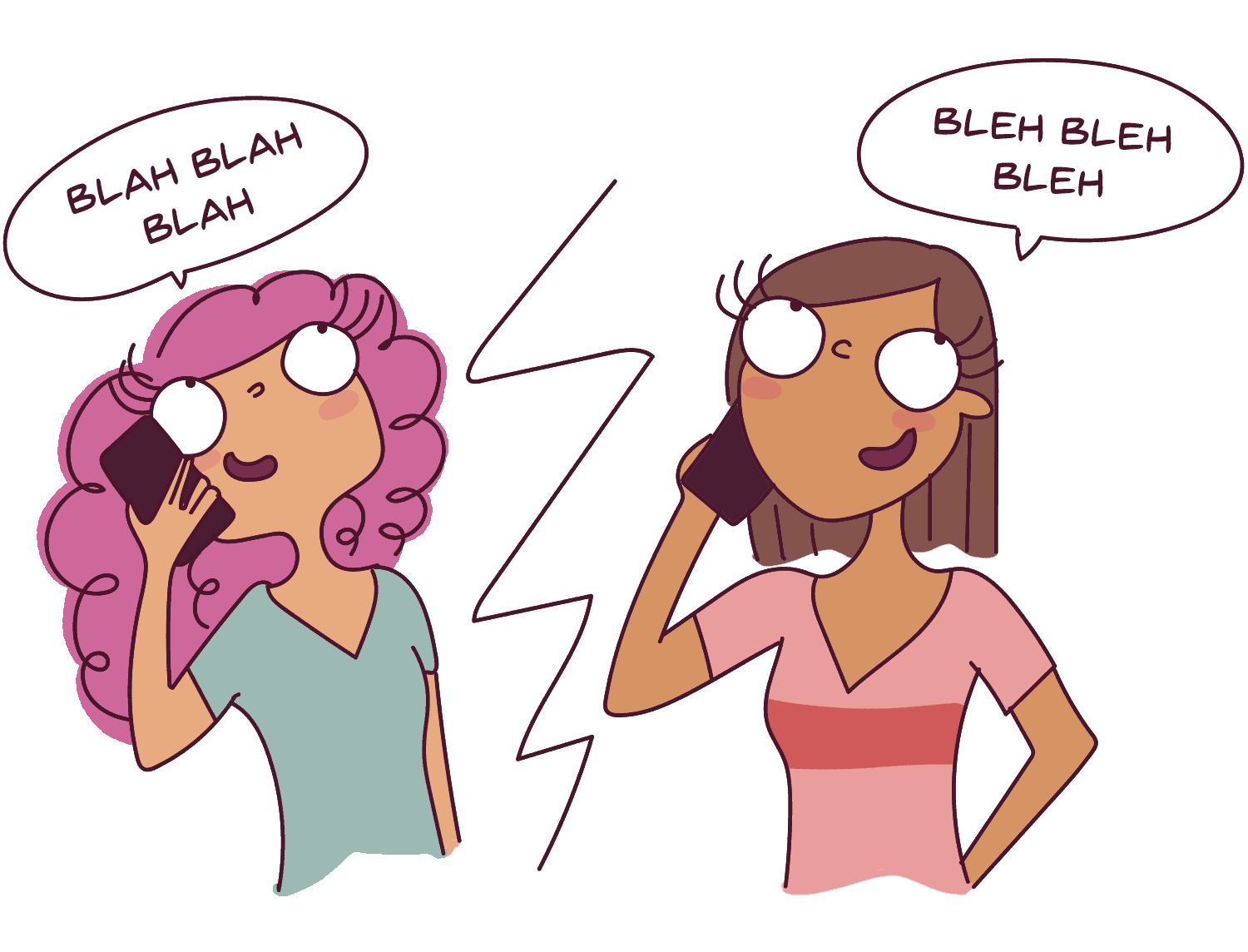
4. Comment on other blogs
There are many ways to market your blog for free, and this is by far the best one!
Whenever you like a blog post and find it valuable – don’t just leave.
Write a comment.
Ask a question.
Keep the conversation going wherever you go.
Not only does this help you build relationships with bloggers, but it also makes you visible on the Blogging Map.
Comment on at least 2-3 blog posts every single day. This will help you get noticed in the blogging community. Make sure your comments are detailed and well-thought.
Here are a few posts to help you gain blog traffic:
- 13 Proven Strategies to Decrease your Bounce Rate
- 33 Easy Ways to Double your Blog Traffic
- 13 Free Ways to Market your Blog and Business
- How I currently use the manual pinning method in Pinterest in 2022
- How I used Pinterest to gain 18,000 views in my 3rd-month blogging!
- 17 Killer Ways to Get Tons of Blog Comments
5. Build backlinks
Google will take at least 6-9 months (sometimes 12 months) to move your website from the sandbox and start ranking it because it needs to see your expertise, and authority and understand what you blog about.
The best way to speed this up is to build backlinks.
However, it will take time for you to build natural backlinks and domain authority. You can sign up to HARO, and then you will get emails every day about journalists looking for answers to questions. You’ll have to weed them out based on the category that you blog under, and you can respond to specific inquiries.
If your answer gets chosen by a particular journalist, you will be featured on a website in the same niche as yours and higher domain authority.
This will give you link juice, and your domain authority will go up.
I learned this from Debbie Gartner.
She has an excellent eBook on building backlinks that I snagged a year ago.
The best part?
None of her strategies include blogger outreach. You can build these backlinks on your own! A major mistake that most bloggers make is not trying to get backlinks. This accounts for at least 50% of how well your article ranks. She shares over 31 strategies and places to get high-quality backlinks. Check out her eBook here.
I didn’t know most of these strategies myself. So as an Intermediate blogger, I have learned a lot from this eBook!
I understand that I have covered a few paid resources in this blog post.
But please note that they are all one-time buys.
You don’t need anything else if you’re starting a blog.
To recap, the best way to grow your blog quickly is to:
- Build a blog with just paid hosting and a theme
- Start writing a lot of posts (all related to 1 topic)
- Get a paid keyword tool to help you choose keywords (that you can actually rank for)
- Learn about SEO properly (my ebook will really help)
- Understand and exploit Pinterest
- Spend some time getting backlinks
If you realize that you are ranking on the front page for multiple keywords in a year or so, you may not need to invest time in trying to procure backlinks.
People will automatically link to your blog posts, and you will build backlinks naturally.
Overall, the best strategies I use to build traffic to my blog are SEO and building backlinks. I don’t rely on Pinterest too much, because it’s very finicky.
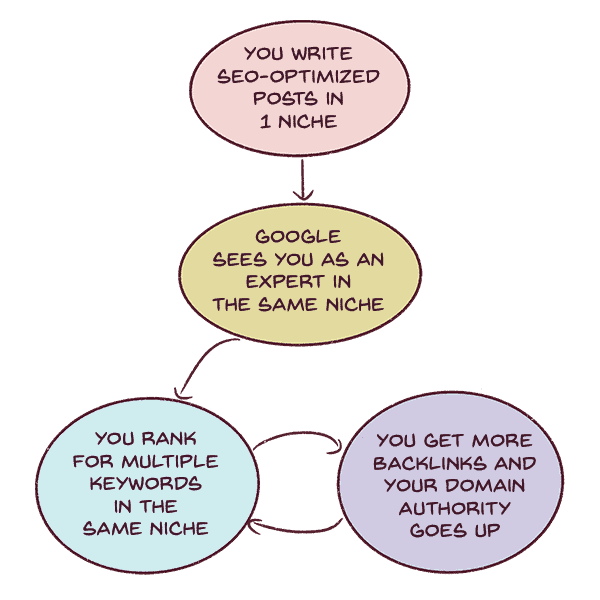
Now, let’s skip to the good part.
9. Make money with your blog
1. Ads
I don’t recommend ads for new blogs.
Your aim is to build traffic and build a loyal following so that you get many people coming to your website every day.
Once your blog makes at least 5K pageviews monthly, you can consider joining an Ad network; there’s no harm against it.
Ads slow down your website, so I always suggest that my readers work on their blogs for at least 1 year and have at least 50 posts before applying to an ad network. Otherwise, people will leave your website if they see 2 blog posts and a website full of ads!
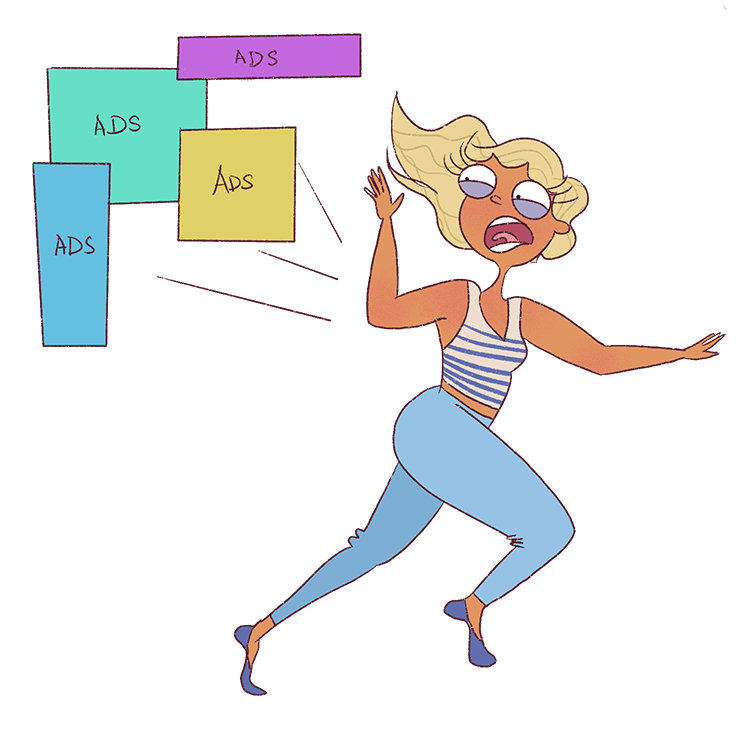
Here are a few ad networks I recommend:
- Ezoic – They don’t have a cut-off; you can apply as soon as you finish 6 months of blogging. But make sure you have a lot of posts.
- Monumetric – You need to have 10K page views a month before applying.
- SHEMedia – You need 20K page views, but I applied with 1K, and they accepted. They mainly look for lifestyle blogs whose audience is predominantly women.
- Mediavine – You need to have 50K sessions a month before applying. They pay exceedingly well.
2. Affiliate marketing
Okay, what is affiliate marketing?
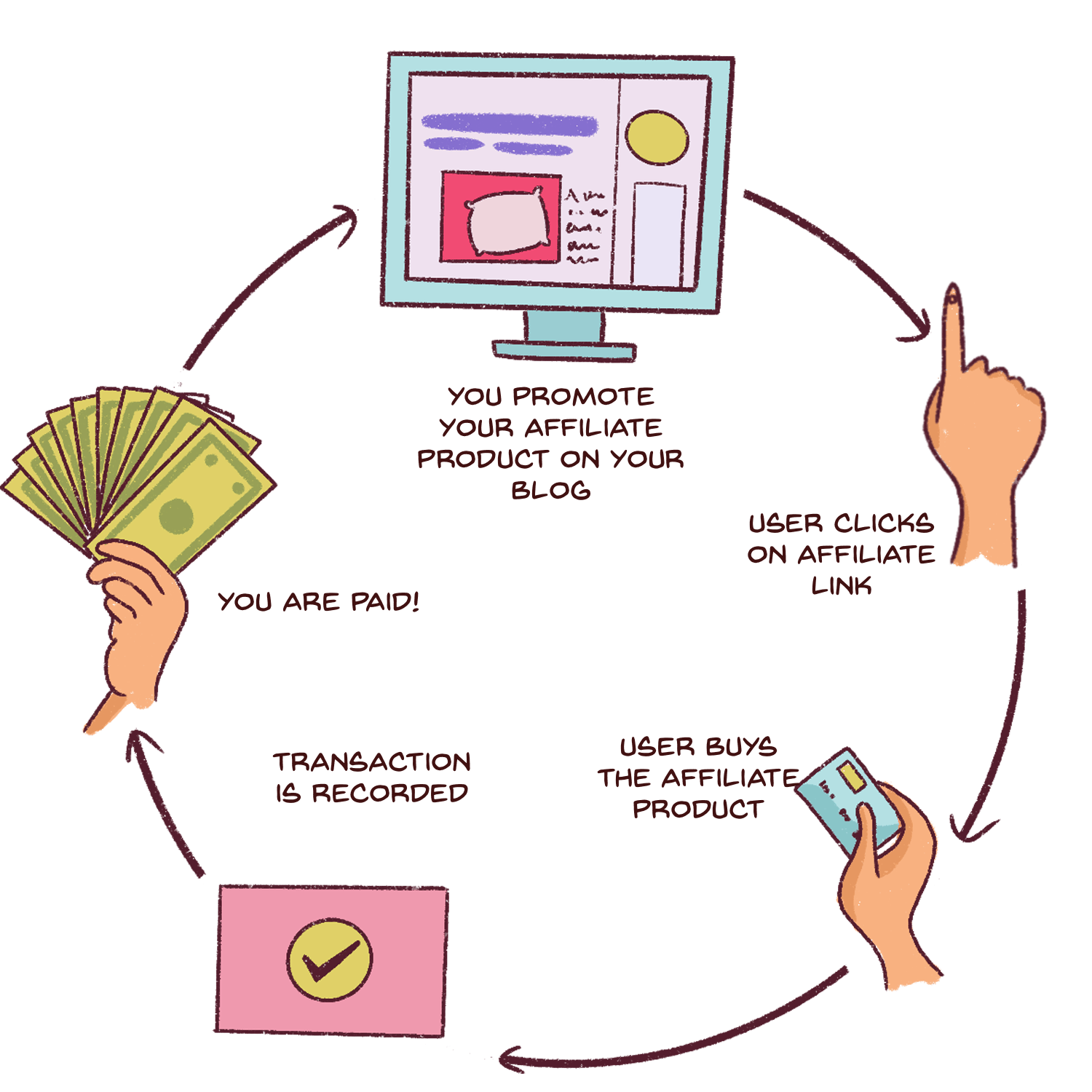
Affiliate marketing means you promote a product or a service (that you are an affiliate for), and you make money every time someone uses your link to buy the product/service.
For Mind Space Cafe, I am an Amazon Affiliate.
So, if I suggest an excellent book to read in my niche (and use my Amazon affiliate link), and they purchase the product, I’ll earn a small commission.
This is one of the best monetization strategies that work with almost any type of blog.
Because there are companies that you can tie up within pretty much any niche and start promoting straight away, Tracie Fobes has a good guide on all the affiliate companies you can join for any niche. It’s free; please check it out!
The only factors that you need to consider are:
- Is the affiliate product/service in your niche?
- Do you actually enjoy using this product/service?
- Can you see yourself promoting this product/service to your readers?
Apply to Amazon India’s Affiliate Program if most of your readers are in India.
Apply to Amazon US’s Affiliate Program if your readers predominantly stay in the US.
Please wait for at least 8 months before you apply. Amazon requires you to make 1 qualifying sale in a span of 180 days. Otherwise, your account will be closed.
So, wait till you have some traffic coming in before you apply.
Many people trust Amazon when it comes to their shopping. So even though the payout and commission rates are less, you stand a good chance to make more money via Amazon because more people click on the links.
Please be careful when picking affiliate companies.
You want to be very picky initially because you are building trust with your readers, and you cannot jeopardize this over a few measly bucks. So do not promote products you don’t use or don’t like.
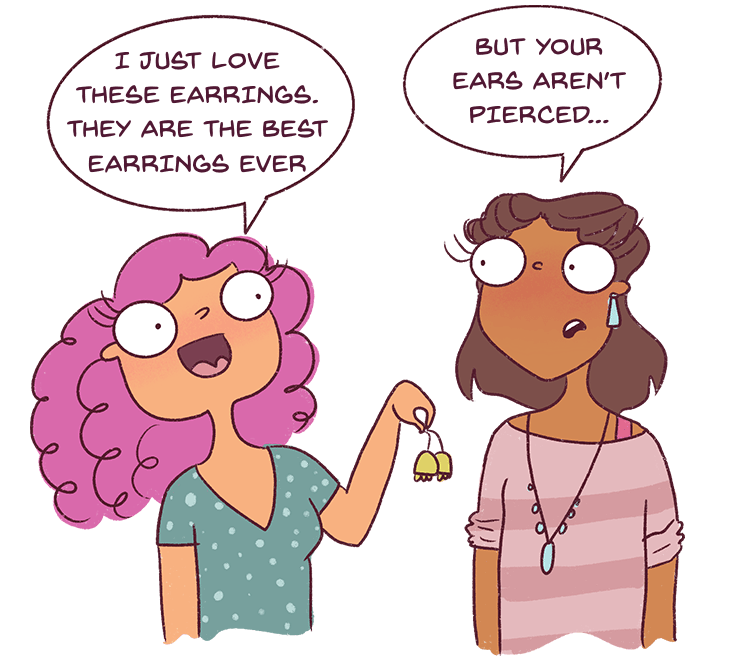
Promote something that you are comfortable promoting and know will work for your audience.
Affiliate marketing is worth it.
Here are some affiliate marketing hacks you may enjoy!
3. Sponsored Posts
I haven’t tried this monetization strategy till now, but you can write sponsored posts for companies or clients as you grow.
When your traffic grows and becomes big, companies will reach out to you to ask if you are comfortable writing about the product or service and promoting it in a blog post.
If it falls in your niche, you should definitely go for it. You can learn more about sponsored posts here.
There are more monetization strategies, but I will not list them in this post because it will get too long.
I cover more monetization strategies here.
How to be a successful blogger in India?
1. Patience
In the Facebook Groups I am a part of, I constantly see questions like, “I’ve been blogging for 10 months, but I have made no money. I want to give up.”
It is very disheartening to see that people have such high expectations for making money blogging.
Blogging is a long game.
We don’t join MBBS and expect to become doctors in a month, do we?

Likewise, blogging takes time to make money.
Because it takes time to start getting traffic.
As I explained before, it can take 9-12 months to even start ranking.
Once you do start ranking, your traffic will go up like a hockey stick and it will become more stable.
It is hard to get the first 1K pageviews. But after that, it increases almost linearly or even exponentially.
In some extremely rare cases, blogs do take off because they become viral or have found a gap in the market and then fill that gap.
But most bloggers take time to make money blogging, especially if you’re blogging now or starting a blog after 2020.
It takes time to grow, time to build trust, and time to gain a loyal audience.
It will take time for Google to understand what your posts are about and rank you. SEO takes time work. You may also find these posts helpful:
- Is blogging dead? Answering all your questions
- How long does it take to make money blogging realistically?
Once you start getting traffic, making money is really easy.
If you have about 100 thousand pageviews, you can make $1K or more just via Ads.
2. Analyse your progress
For the first 6 months, your progress will be close to minimal.
Let it go.
After three months, analyze your progress at the end of each month. See which keywords you are ranking for and go through those blog posts and optimize them for those specific keywords. You can use Google Search Console for this.
See which topics are doing better than others and write more blog posts related to those topics.
Your blog will continuously evolve and become better and more refined – but the only way to get there is to blog consistently.
Speaking of which…
3. Be consistent
It’s so easy to start something new, but it’s very, very hard to show up day after day and work when you cannot see the results immediately.
No one has it easy.
None of us are given a guarantee that we will succeed when we invest money into our blogs.
Entrepreneurship is like taking a leap of faith into the darkness.
The only way to succeed is to put in the work, day after day, and keep noting what works and what doesn’t while tweaking things to become successful.
So, focus on growing your blog and let it grow slowly.
If you have written 100 blog posts (200,000) words and are not seeing any traffic then you have either picked the wrong niche or your posts just aren’t SEO optimized.
But for the most part, you will make money blogging.
Have faith.
You’ll get there!
Here are some posts you may enjoy:
- How to form a content plan for the next 6 months and crush it!
- The Ultimate Guide to Being a consistent blogger
- 27 productivity hacks to help you blog better!
Frequently Asked Questions
I know this was a pretty long post, and kudos to you if you’ve reached the end.
But if you have more questions, I will address them here. Please leave a comment if you have doubts. I will reply ASAP!
Can we earn lakhs from blogging?
Yes, you can.
I earn a few lakhs a month, and I know a few Desi Bloggers who do too!
So, if you follow the tutorial and start blogging consistently, you are going to reach $1K a month and earn lakhs.
Please create a PayPal account (it’s free) because most Affiliate Companies and Ad companies pay Bloggers via PayPal. You just have to link it to your bank account to receive payments easily.
How do bloggers get paid?
Once you build a vast content library, you start getting traffic.
Once you get enough organic traffic, you can apply to an Ad Network. The Ad network will install ads on your website.
The more people see your ads and click on them, the more you are paid.
The key is to make people stay on your website for longer so that you generate more ad revenue.
Other ways to make money blogging include affiliate marketing and selling products or services.
I explain how you can monetize your blog here.
Is blogging profitable in India?
An Indian blogger on average can make $400-$500/month with their blog.
In about 2-3 years, you can expect to make $1K/month with your blog.
If you dedicate more time to SEO and really spend a lot of time scaling your blog, you can easily grow it to $5K or more.
I have all Indian local accounts. And I have been staying in India since 2015.
I make a full-time income from my blog and I know many others who do.
You can read these posts to help you more:
Conclusion
I hope this post helped you understand how to start a blog in India and make money from it.
These are all the steps I’ve taken to start and grow my lifestyle blog. I am currently in the process of increasing the 3rd blog in a focused niche. And I will publish those updates soon.
Although I post only 1-2 times a month, I send out regular newsletters. So, please sign up for my blog by downloading my free blog planner so that you never miss a weekly newsletter where I share whatever I learn about blogging and business!
I know that this is a lot of information to process, so bookmark it and keep returning to this post.
If you have any questions or doubts, please leave a comment below, and I will get back to you ASAP!
I wish you nothing but the best!
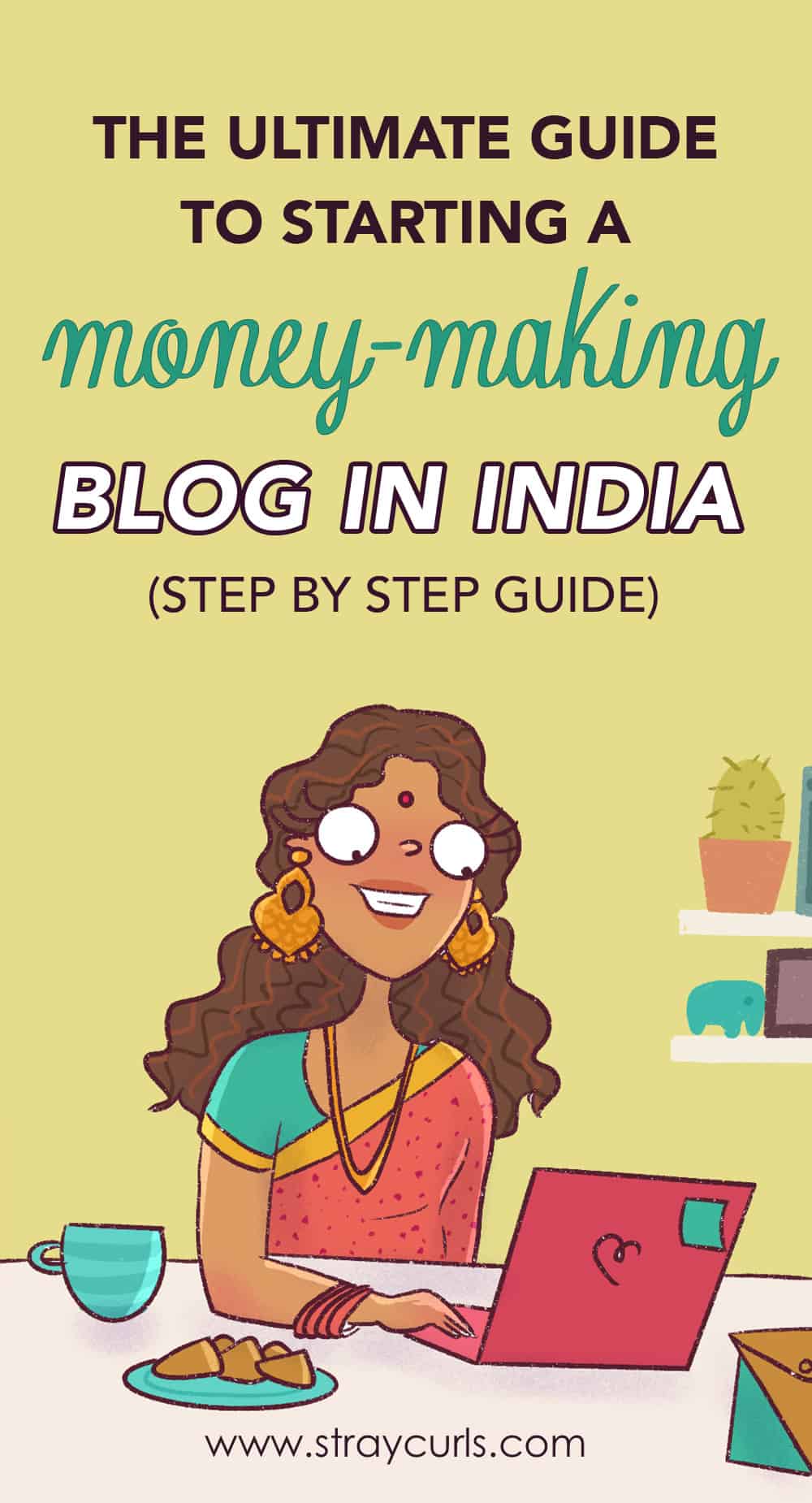
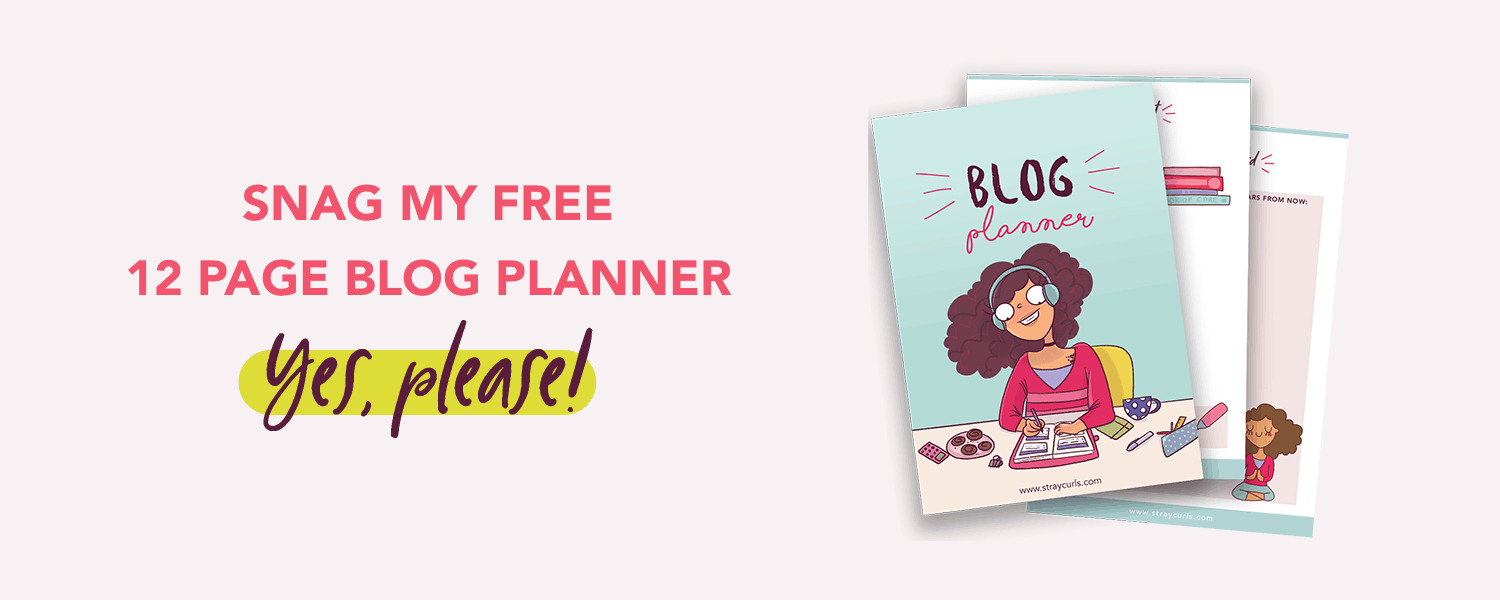
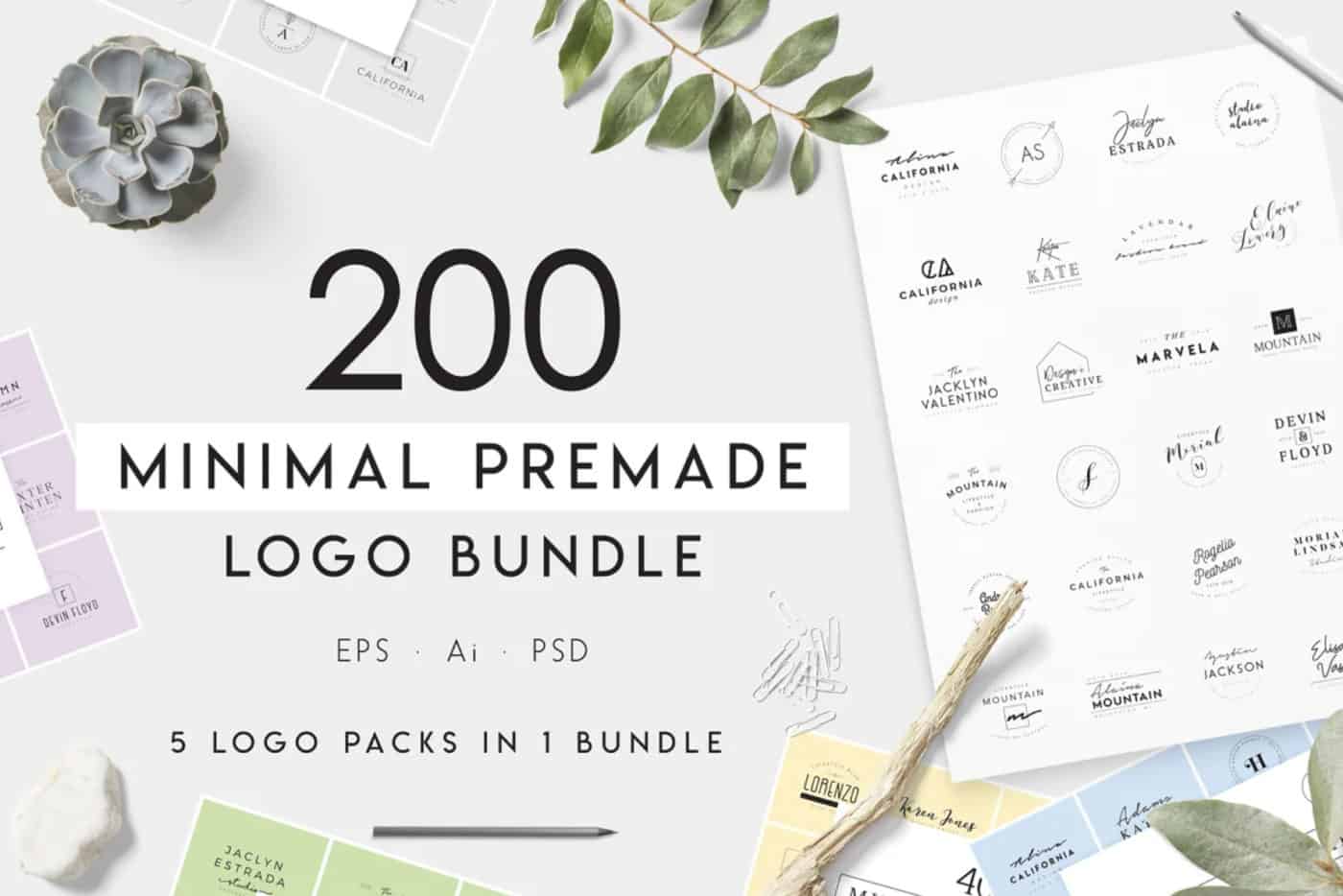

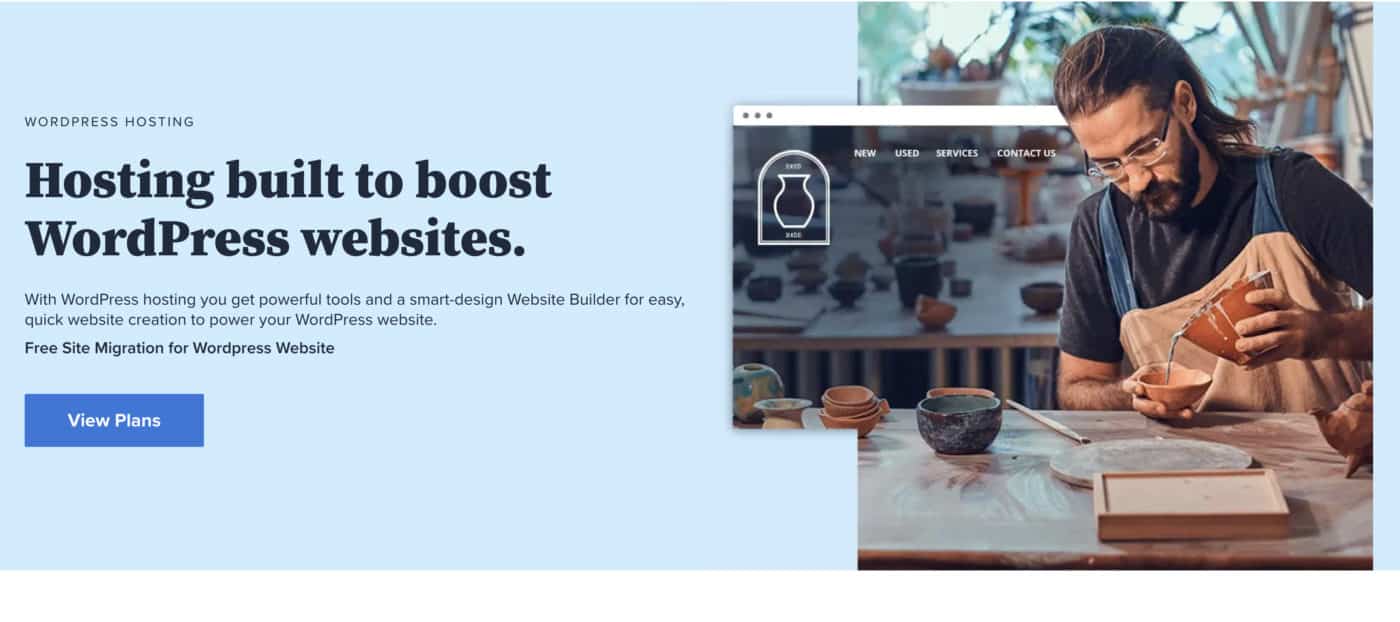
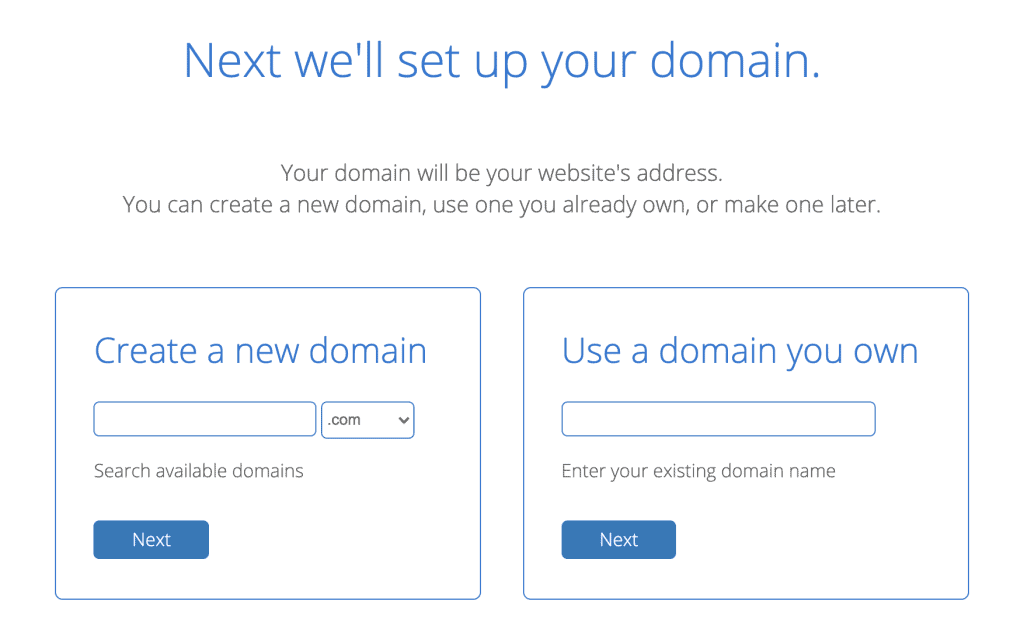
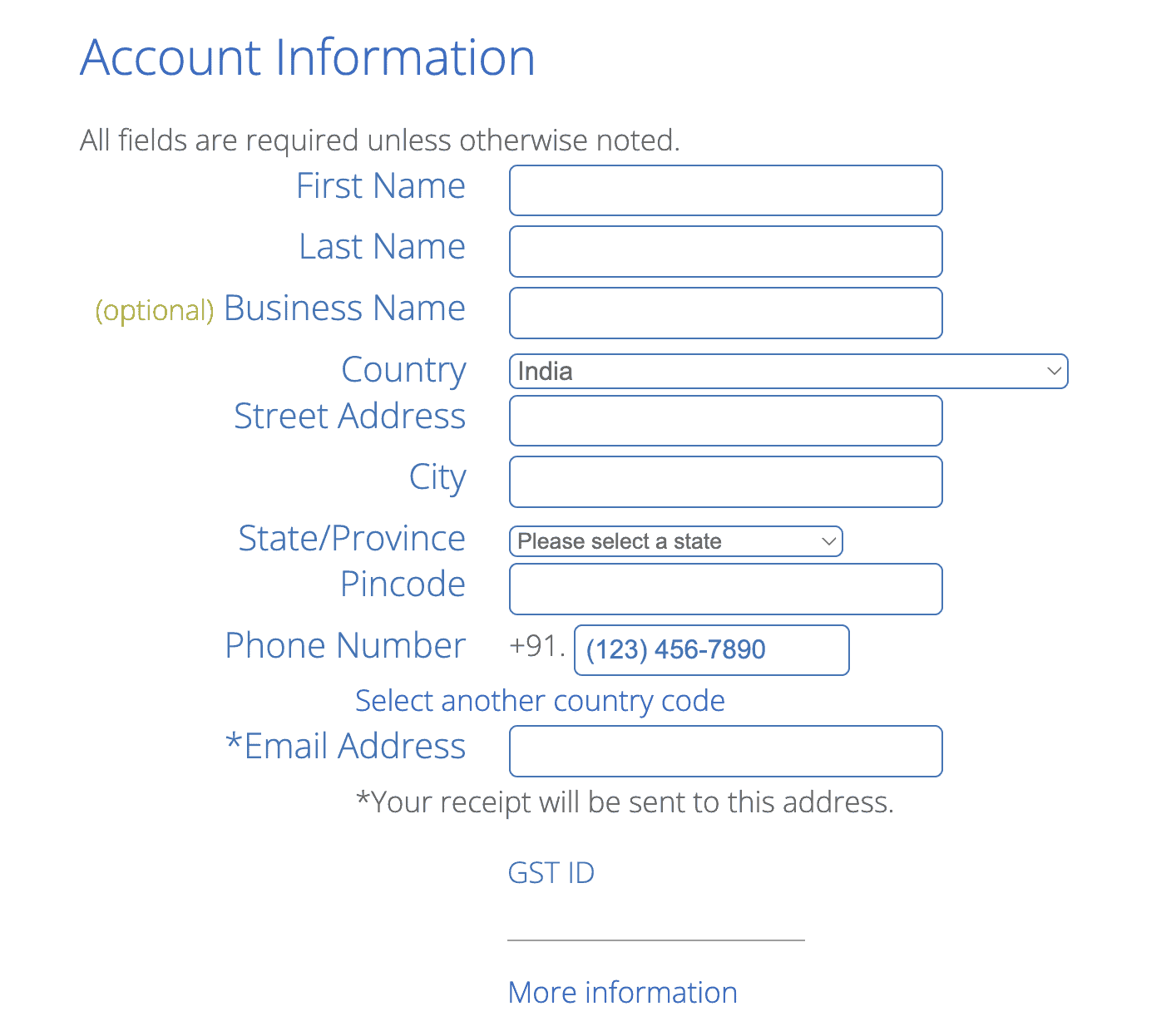
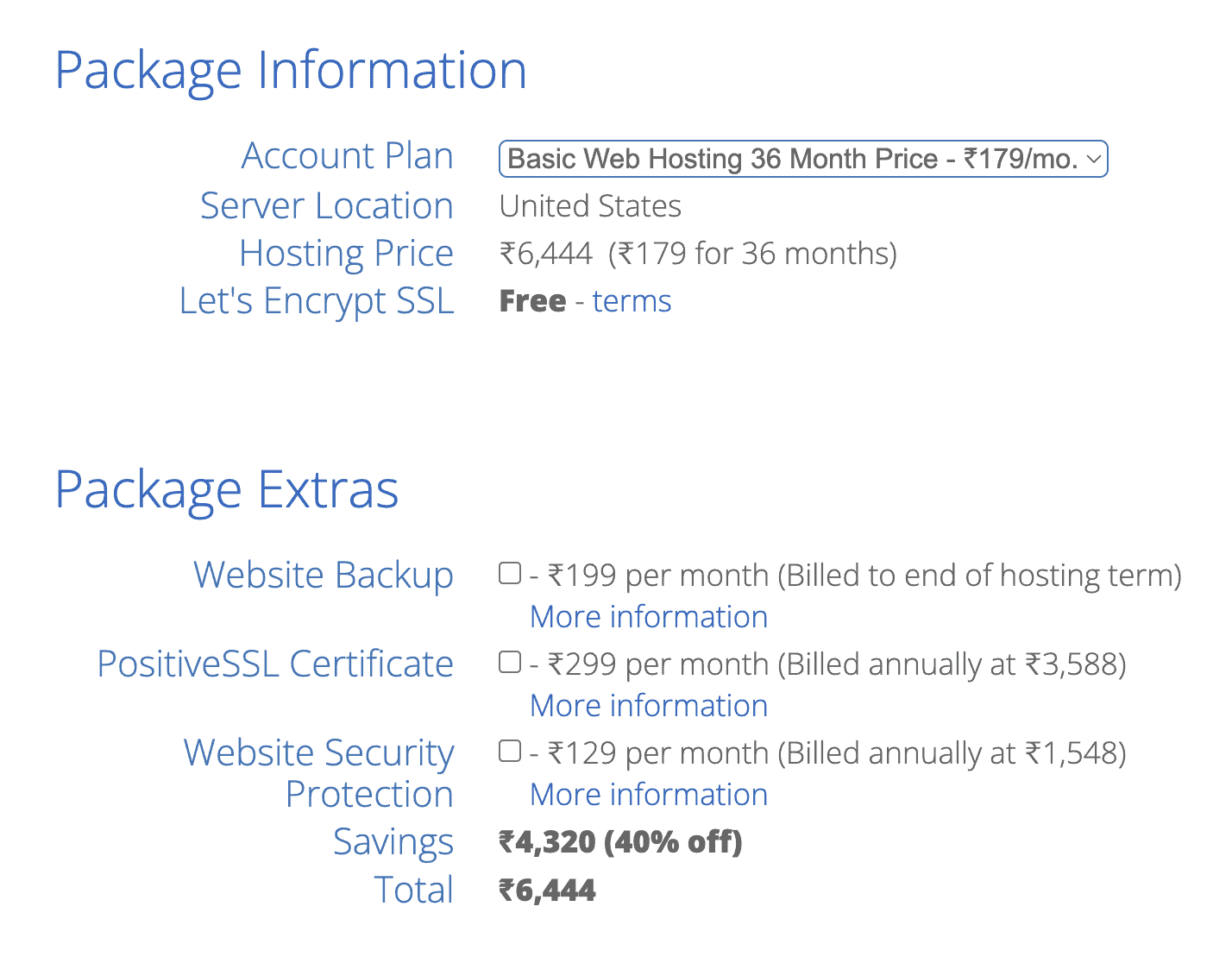
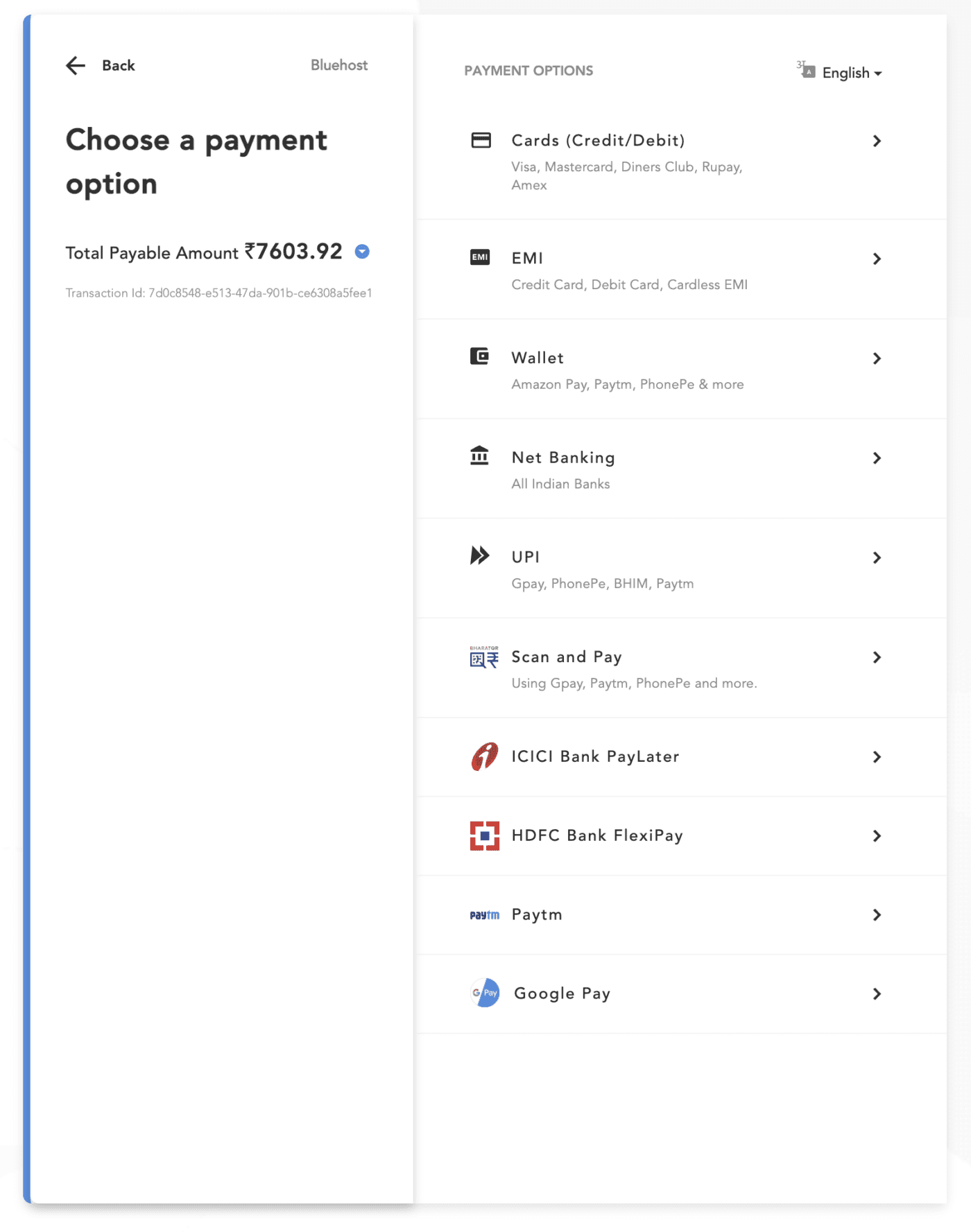
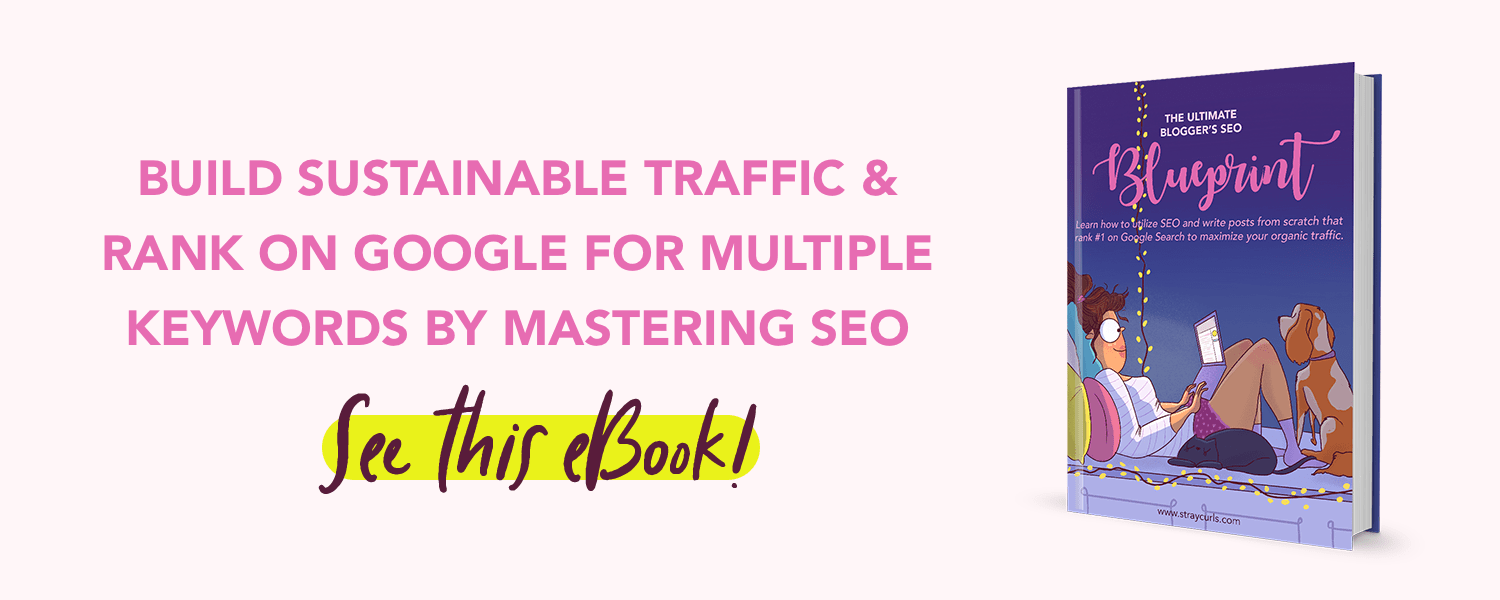
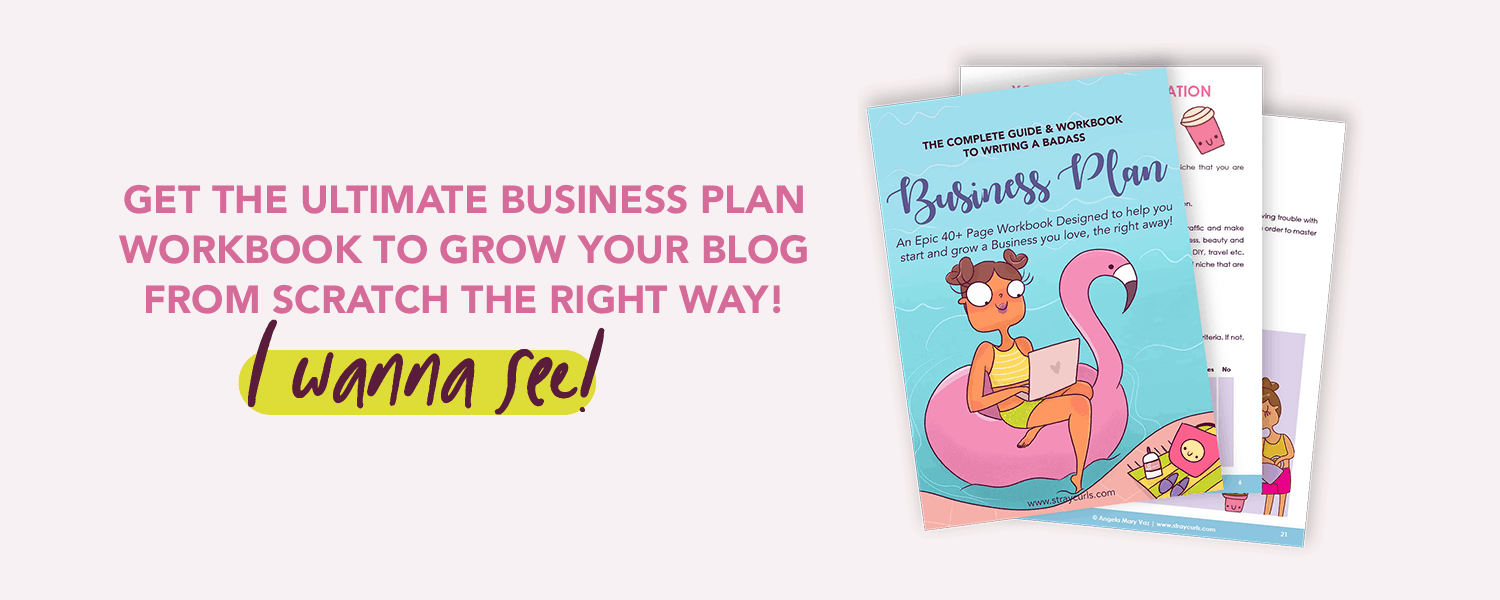



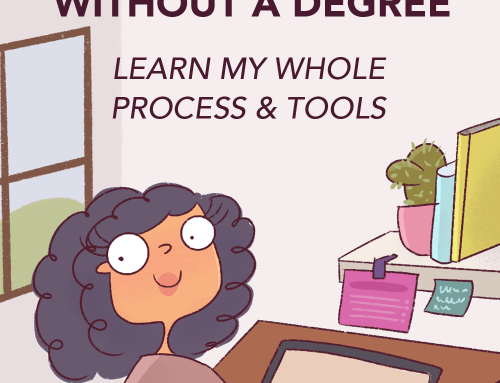
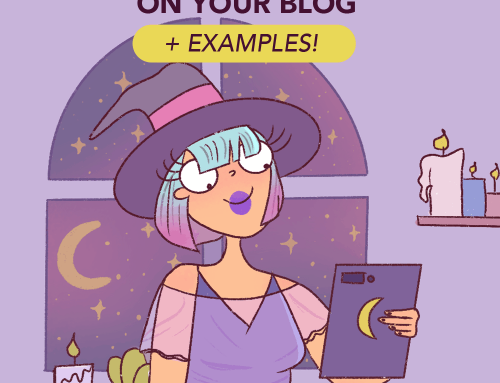
This was so thorough and informative. Thanks Angela! I have a blog all about Hawaii and I have struggled to monetize it. I’m going to try some of your tips here so thank you!!!
Hey Leialoha,
I love your name and the name of your blog! It’s brilliant! So pretty!
I think you should look at other travel blogs and see what they’re affiliates for. You can really make money through affiliate marketing and with ads. Think about it. Either way, target keywords with low competition so that you can grow your traffic. That will really help you monetize your blog.
Let me know if you have any other questions and I’ll be more than happy to help!
Lots of love,
Angela
This is a serious, self-study guide you wrote here. Appreciate it.
Thank you, Shana, very kind of you! Let me know if you have any questions related to blogging and I’ll be more than happy to help you!
I have question about something you wrote in the article. You had put that you got a degree in psychology and relationship so you could write able relationships. I write about women healing from abuse and how to have better relationships. Does this mean that I need to go back to school before google still take me seriously. Is there something I need to do so googled will take me seriously
Hey Mel,
So good to hear from you again. I did the degree because I wanted everything to be perfect on my end. I took a course from the University of Toronto, and it just took me 8 weeks to finish.
You don’t need to do it if you’re focusing on gaining backlinks (with HARO) and are focusing on writing a lot of content. You can also do roundups to ask mental health experts to submit responses. There are a lot of things you can do to build up your rep.
You don’t need to go back to school. Just make sure you have at least 5K pageviews before you apply to Ezoic Ads.
I hope this helps!
Warm regards,
Angela
Hi Angela.
Thanks for this indepth post.
It was super helpful.
But I have some questions.
So I have a lifestyle blog with several posts in different niches. Reselling, DIY skincare, budget hacks, and more.
I’m thinking of starting a new blog on reselling and affordable shopping.
Would it make sense to move the reselling posts on my current blog to the new blog?
Because I want the current one to be more niche.
Trying to get rid of unrelated posts.
I don’t know if it would hurt or help my SEO.
The blog has been stagnant for a while. Even losing traffic a lot these days.
But the reselling posts and DIY skincare posts and several other skincare tips posts are doing very well.
Also, I have a relationship blog.
I write about marriage and dating.
But I’m thinking of niching down to dating or being married to a guy 5 years younger than you. As that’s my story.
Just wondering if it’s too niche and restrictive.
The blog is 7 months old with some posts on first page.
Sorry for the long question.
Please help. Thank you.
Bree.
Hi Bree,
Regarding the lifestyle blog, I’d recommend narrowing it down. But if it’s working and getting you traffic already, then it’s okay.
See, if you have 2 blogs – one can be more diverse. It will grow slower but if it’s getting you a lot of affiliate income and ad income, keep it. Don’t narrow down if you don’t want to. But if traffic is not increasing and it’s stuck – then yes, you can try doing this. Keep the posts that are doing well and write posts similar to those. You can move the posts to a new niche blog. That’s what I did for my art posts – moved them to the art blog and it’s doing well.
Regarding the relationship blog, no – don’t narrow down. You can write all those posts as a huge sub-topic or cluster. Even 50 blog posts on that topic is good. Or more. But let it be a subset of your relationships blog.
I hope this helps!
Angela
Hi Angela,
Thanks for taking the time to reply to my questions.
Guess I’ll keep the lifestyle blog as it is for now.
I’ll keep doing SEO and watching it.
Also, thanks for the suggestions you made for my relationship blog.
I appreciate.
xx, Bree.
Hey Bree,
You’re most welcome – always happy to help.
Yes, SEO is what will help grow your blogs. And it’s no problem at all. Hit me up if you ever have questions!
Warm regards,
Angela
Thank you so much for this awesome article. I am still on the research stage of my first blog and this post has helped me see things in a different light especially about using low volume keywords to build traction. I was so disheartened when I found several good keywords with low searches and I thought they were of no use. Now I know better.
Oh no Jessica, those low-volume keywords with low competition are solid gold. Most people don’t know this, but when you rank for those, you start ranking for several similar low-volume, low competition keywords. So, you end up getting way more traffic by trying to rank for one particular keyword.
I hope this helped you understand how to start a blog that ranks! What niche are you planning to start your blog in?
Hi Angela, what an in-depth and useful article! I have a question about if, instead of starting a new blog, we’re still plodding along with our old blog. If I start creating more content that’s very similar and within the same topic (like the succulents blog you mentioned) would that positively affect traffic or does that tactic only work on a new blog?
Hello Willow!
So good to hear from you. The strategy should work with your current blog. Unless you’ve blogged about very diverse topics like art, health and food, the strategy should work. It’s all about focusing on one niche and then growing your content library to include almost everything about a certain topic.
I hope this helps!
Angela
In the past, my blog was more photography and creativity focused and now it’s more about content creation. But I also want to blog about creativity and photography sometimes. I guess those three topics are too diverse to take advantage of the strategy you’re talking about here, right? I am still working on getting into growing a content library on similar topics within each of those areas…
Yes, those blog topics are a little diverse. Mind you; you can do it. But it will be a little difficult to gain traction now. Growing a content library is easy when it’s mainly about 1 topic!
I hope this helps!
Angela
Wow – what a thorough blog post! I started a blog in August 2020. It is not focused on 1 niche. I’m already thinking of starting another blog that is closer to 1 niche. Is it realistic to have 2 blogs? I work full time as a teacher. My first blog is about teaching/education, somewhat broad. As I’m getting closer to retirement I am very much interested in writing about organization and paper planners. Would that be a profitable niche?
Hey Lori,
I feel your website should be more clear with your messaging. So, you could change the wording to indicate that your blog is specifically for teachers and you should mention that you are a teacher as well.
Most teachers (even if they do start blogs) will start teaching blogs. But your aim is to help them teach better. So, first, I would look into the teaching niche. Is it big? Do teachers actually look up posts to learn how to teach better? Or are they super tired when they come home and just want to crash. Is teaching a pain point?
Most people teach because they just want to earn a decent income. Very few teach for the love of teaching. This is something you need to think about.
Now, organization and paper planners make sense because this is a legitimate pain point. Teachers’ lives are chaotic and they are looking for organization tips. This is a good field, I feel.
However, let me reiterate that having 2 blogs while having a full-time job is not practical. I would say it is better to club it all together and see what is taking off and then narrow down your niche as you go along.
I hope this helps.
Angela
Wow! Every time I wonder how deep can someone possibly go with a topic to explain each and every aspect, I stumble upon one of your very very thorough blog posts. It is extremely helpful because I live in India and wanted something exactly like this. Thank you so much, Angela.
You’re most welcome Neha, I’m so glad you enjoyed the post! Ping me if you have any questions, I’m more than happy to help.
You make the keyword search part looks so easy! Which gets me motivated to buy the keysearch keyword tool, I heard its the best tool and I noticed they stopped giving free credits which means their business is booming and want people to invest in it. I have a question though, you mentioned to write only about one topic for specific niche and my main focus in self improvement but I decided to include traveling to Egypt which is very niched down topic, would I be able to rank with 2 different topics? I already ranked for different keywords on self improvement.
You can rank in 2 topics but in this post I’m specifically talking about growing faster in the long run. Niching down is extremely beneficial because you can get to your first 100K pageviews so much faster!
I don’t think you should mix self-improvement and travel. A travel blog about Egypt is a whole separate business and blogging venture according to me.
You can rank, you just won’t grow as fast.
I hope this answers your question.
I wanted to mix it to make it align with my message of self improvement that you can thrive with traveling. Don’t know if you accept blog post requests but I’d love to see a post detailed on how to measure a blog success and when you need to move on. I read your post about mistakes for your first blog but I hope you make a new one with a different perspective.
Hey Amira,
No, I don’t think that will work. Honestly, travel is a form of self-love, but going so deep as to talk about Egypt will not give Google good signals about your niche. You can definitely talk about it in another new blog. That’s what one of my readers does. Her blog is only about travelling in Nice. It’s super niched.
I do take blog post requests. When you say new post with a different perspective on mistakes, what do you mean? Do you mean regarding my newer blogs?
Warm regards,
Ang